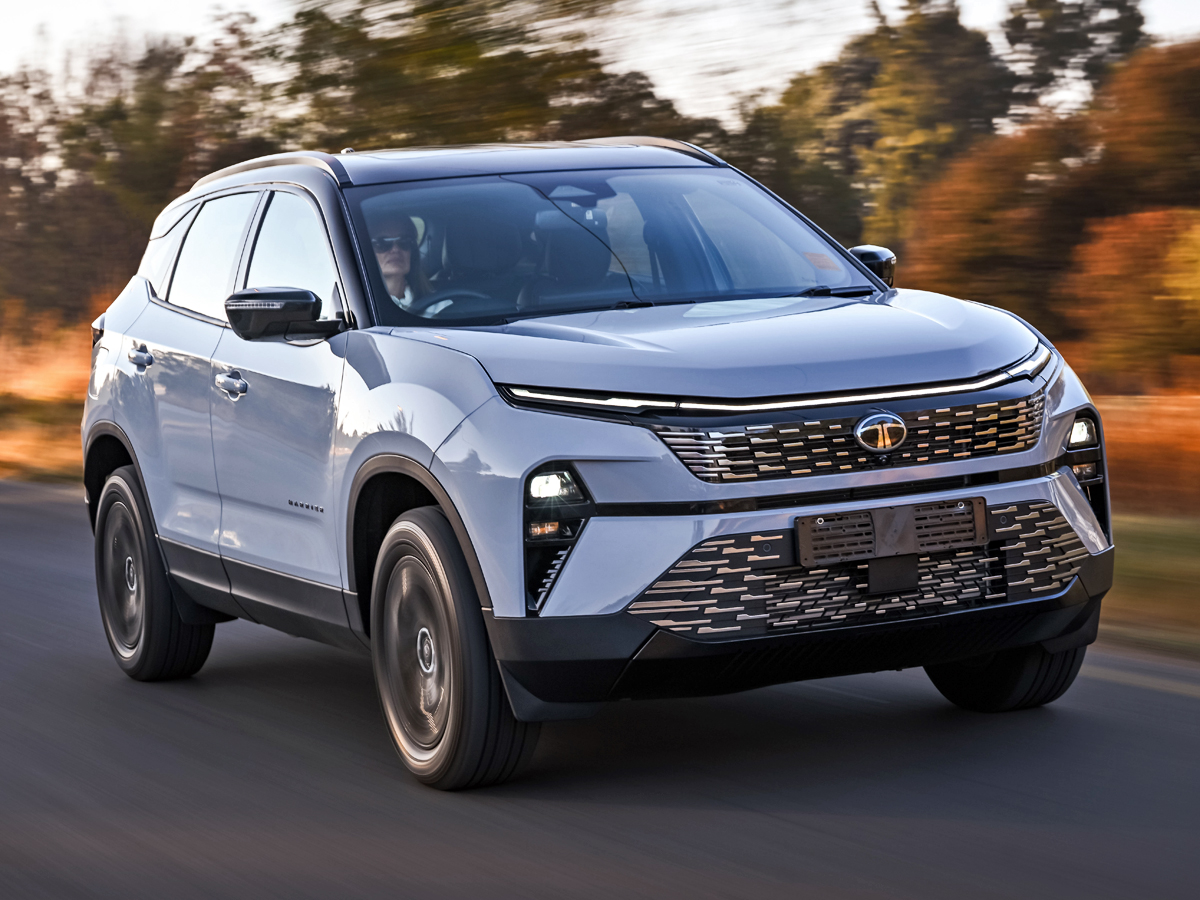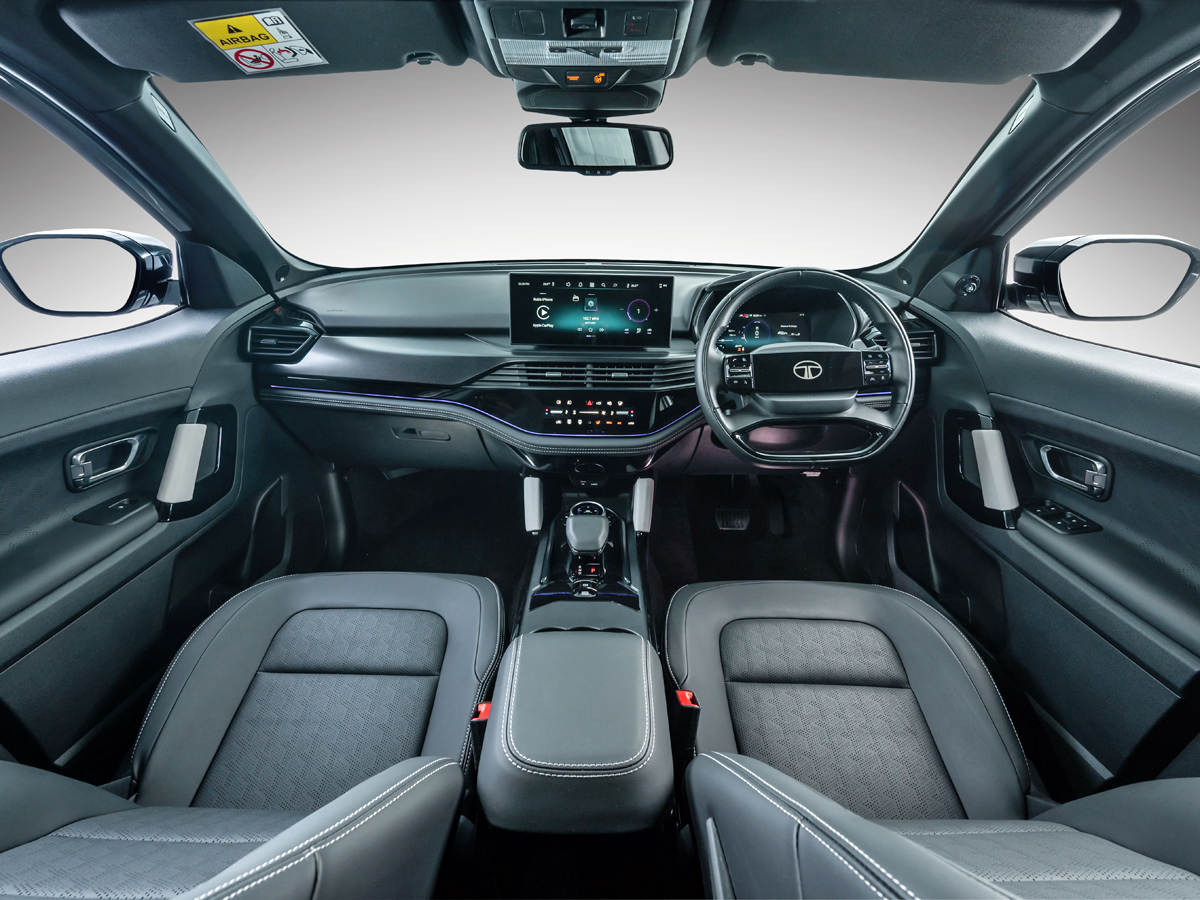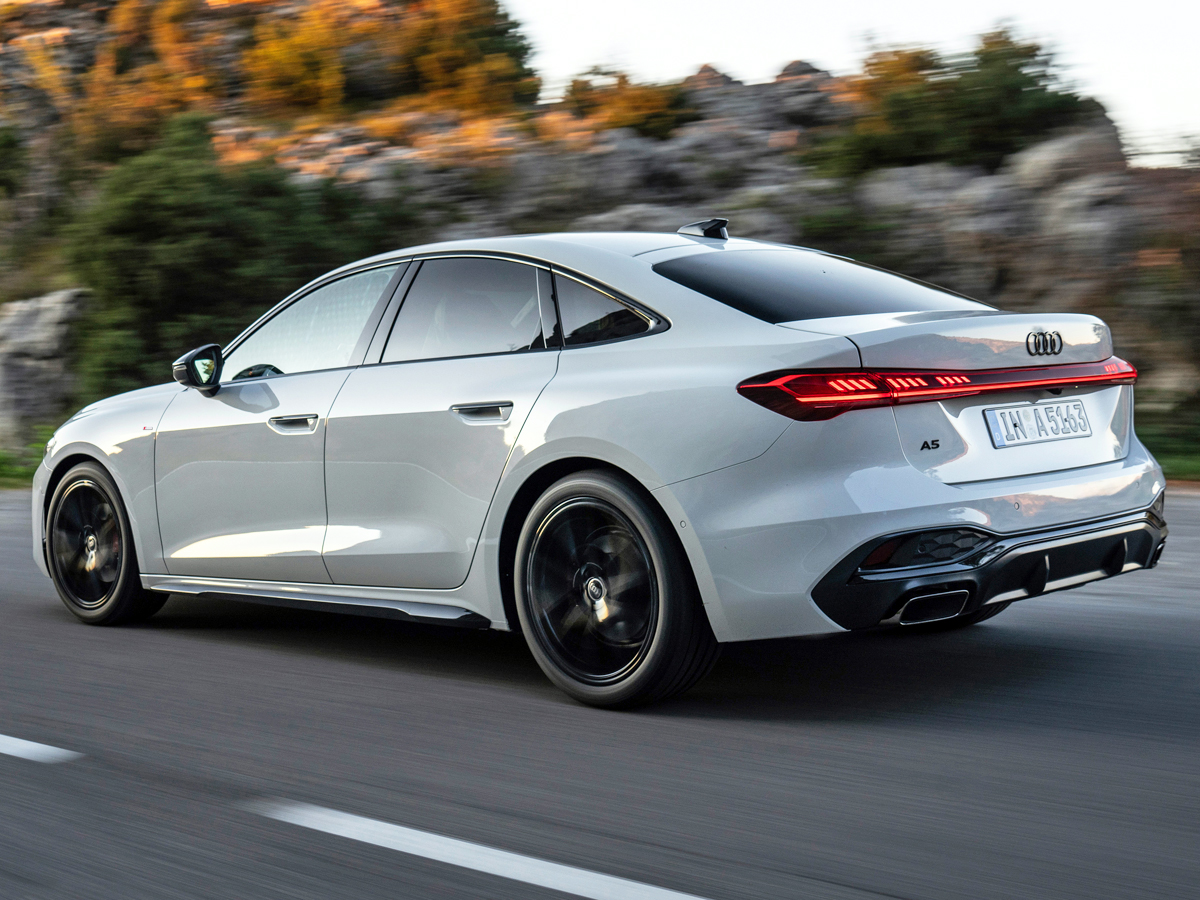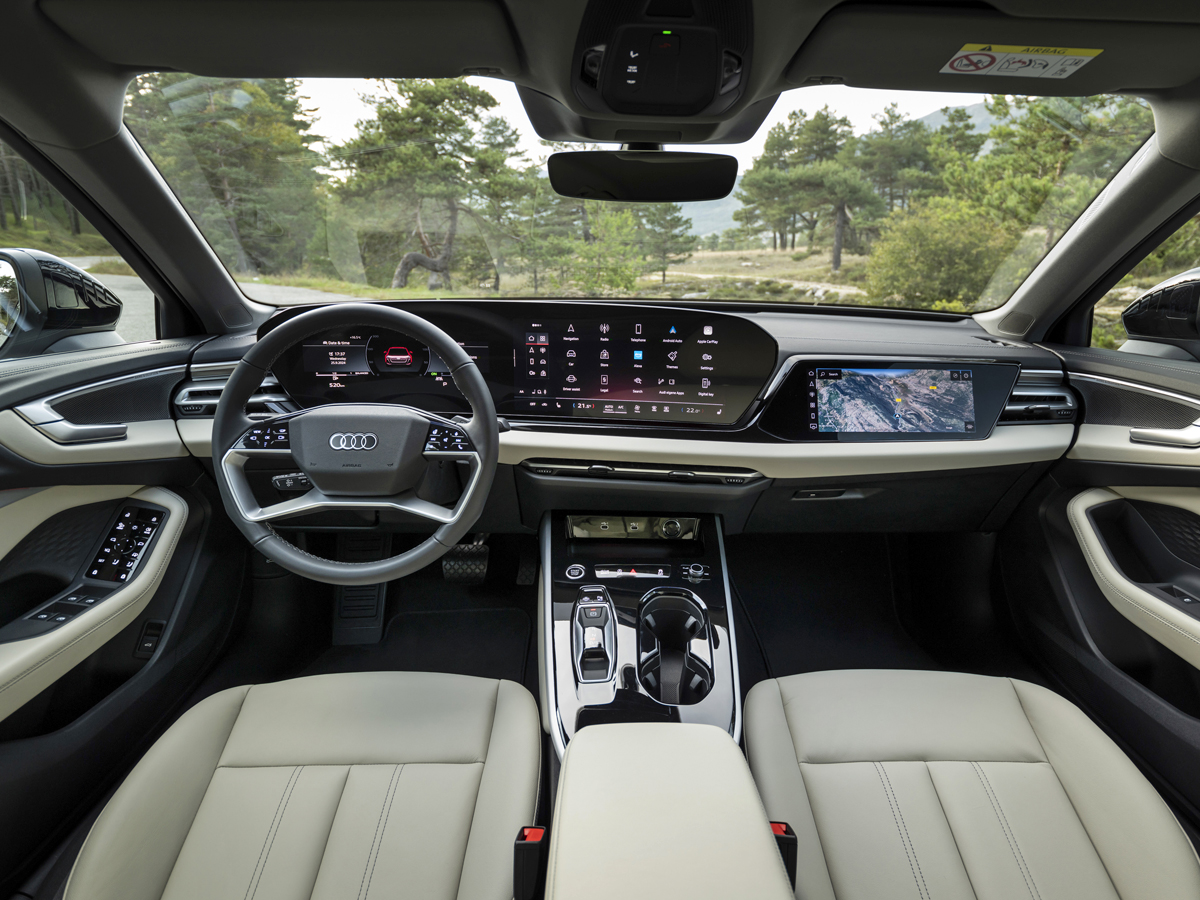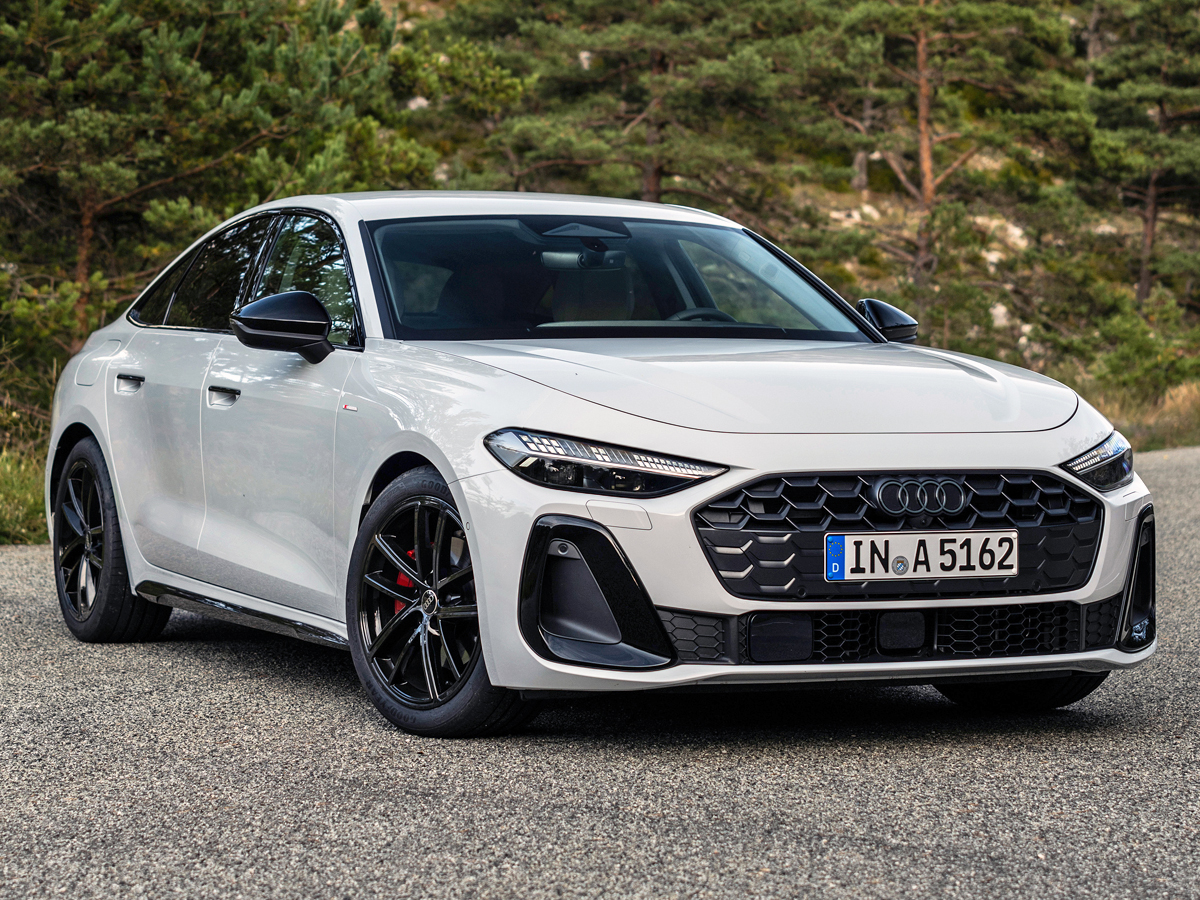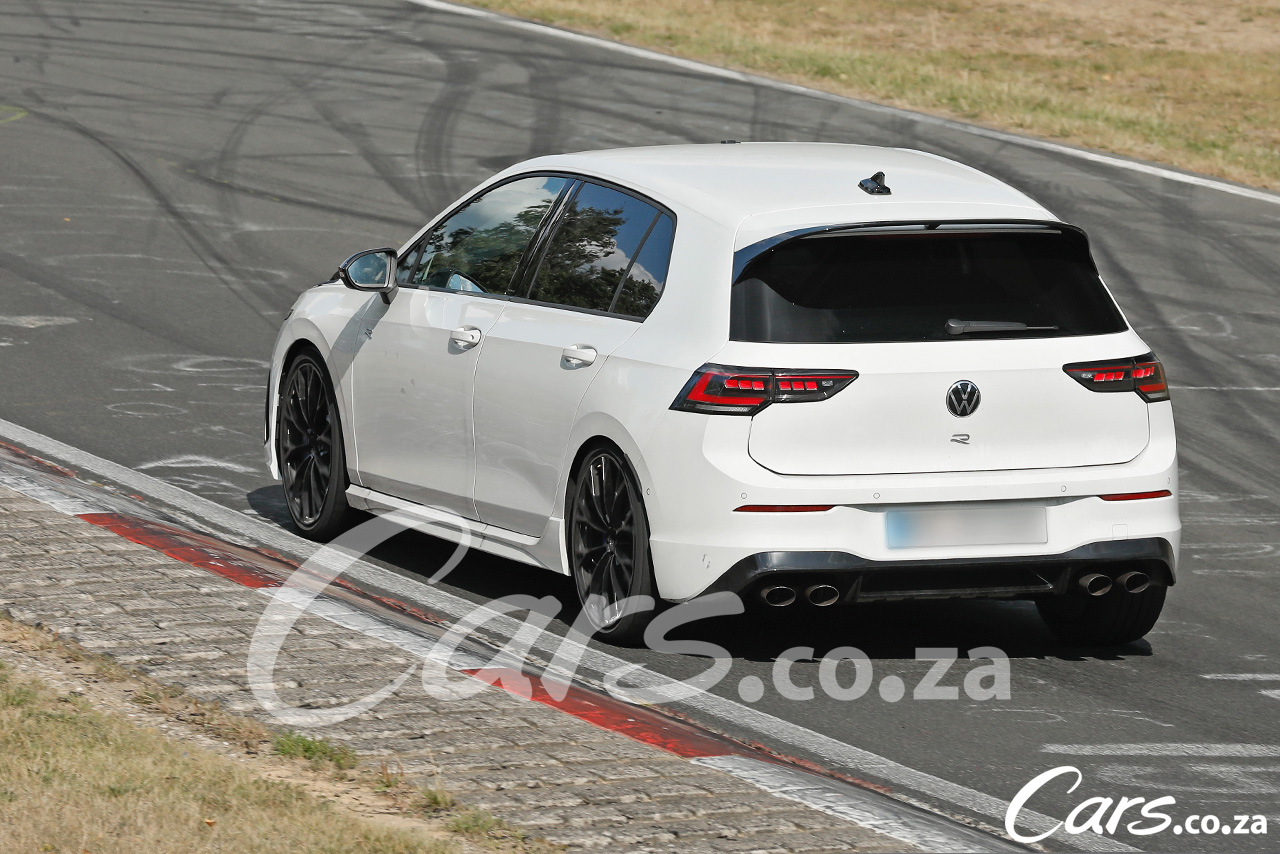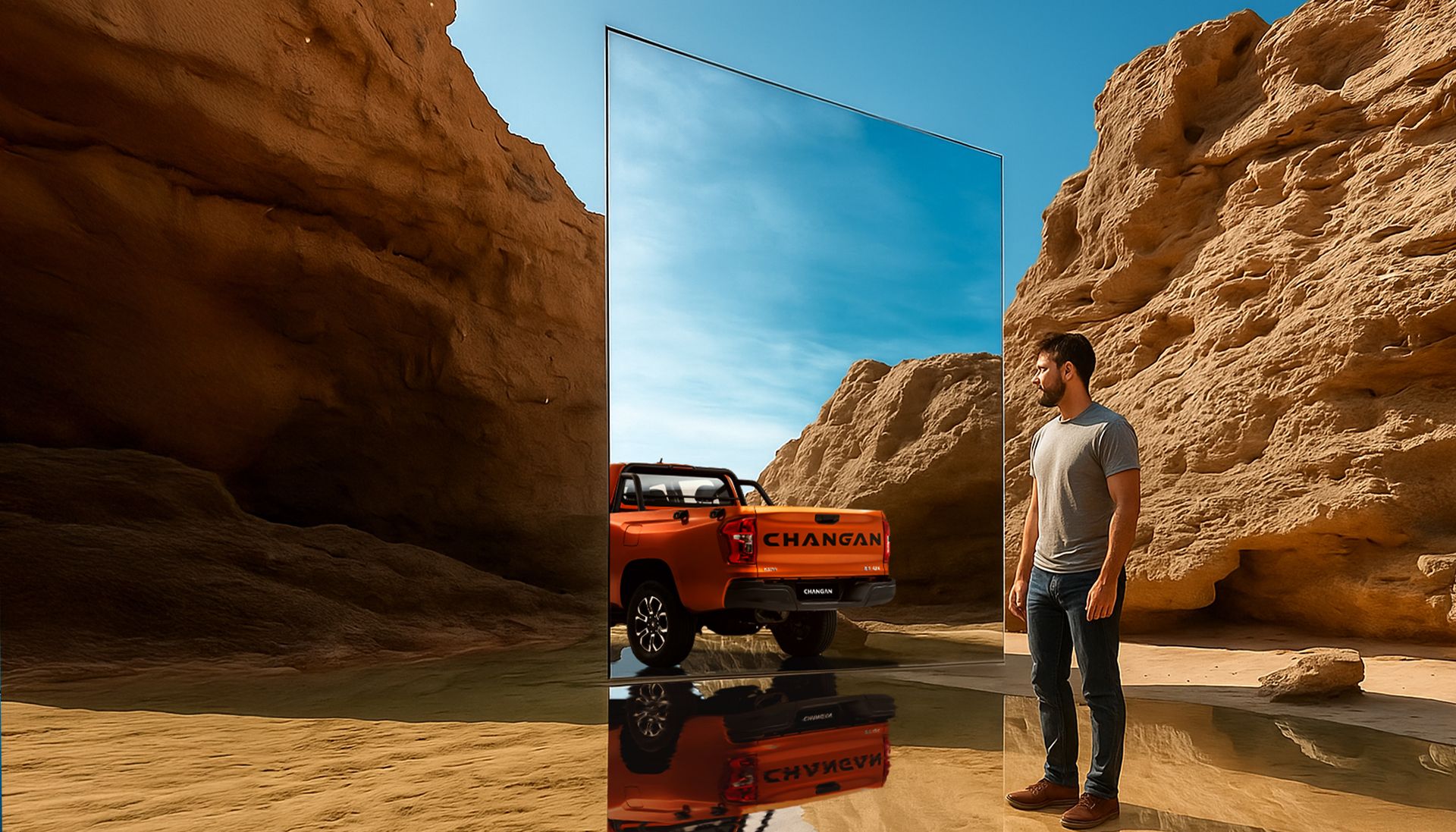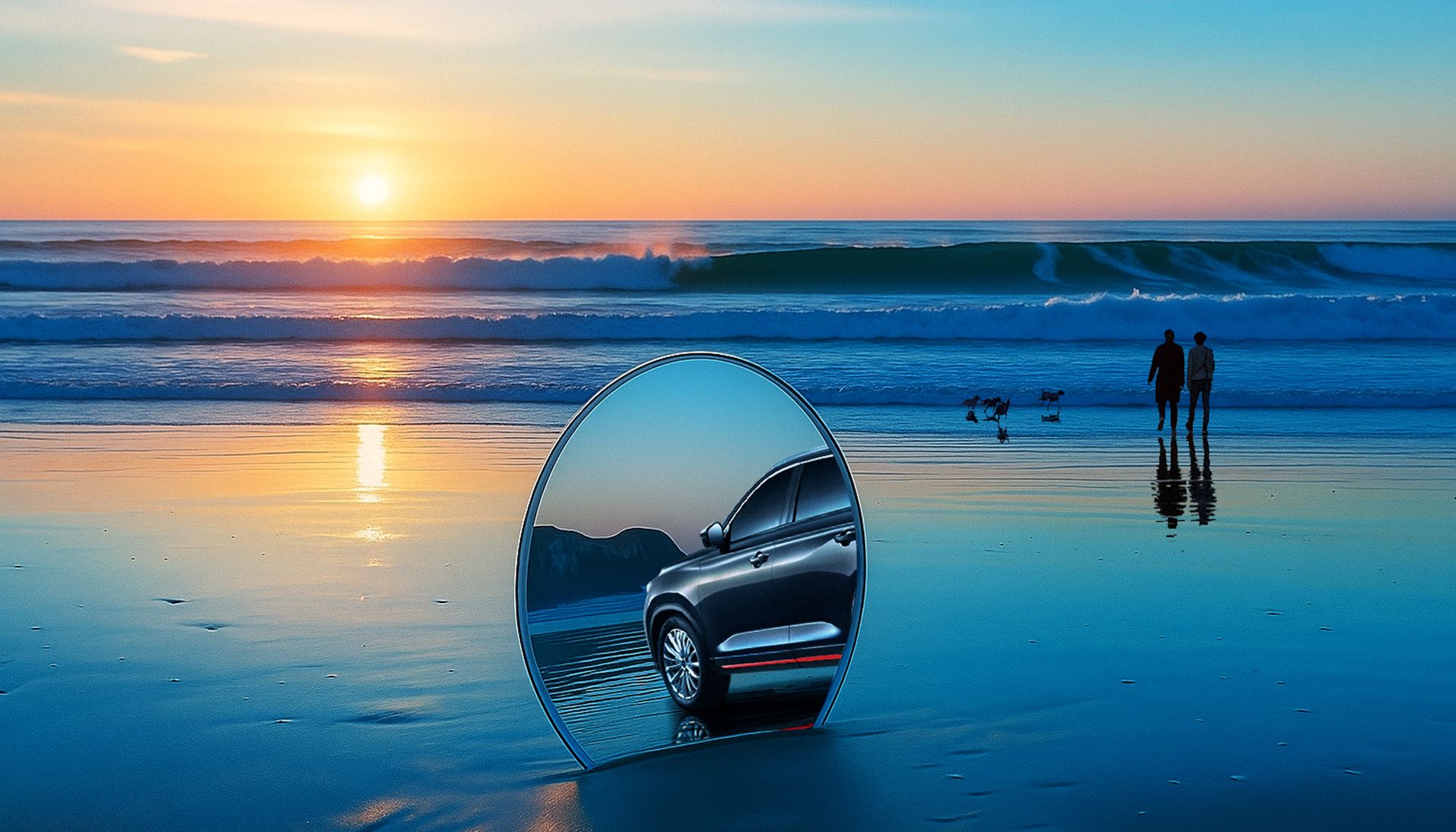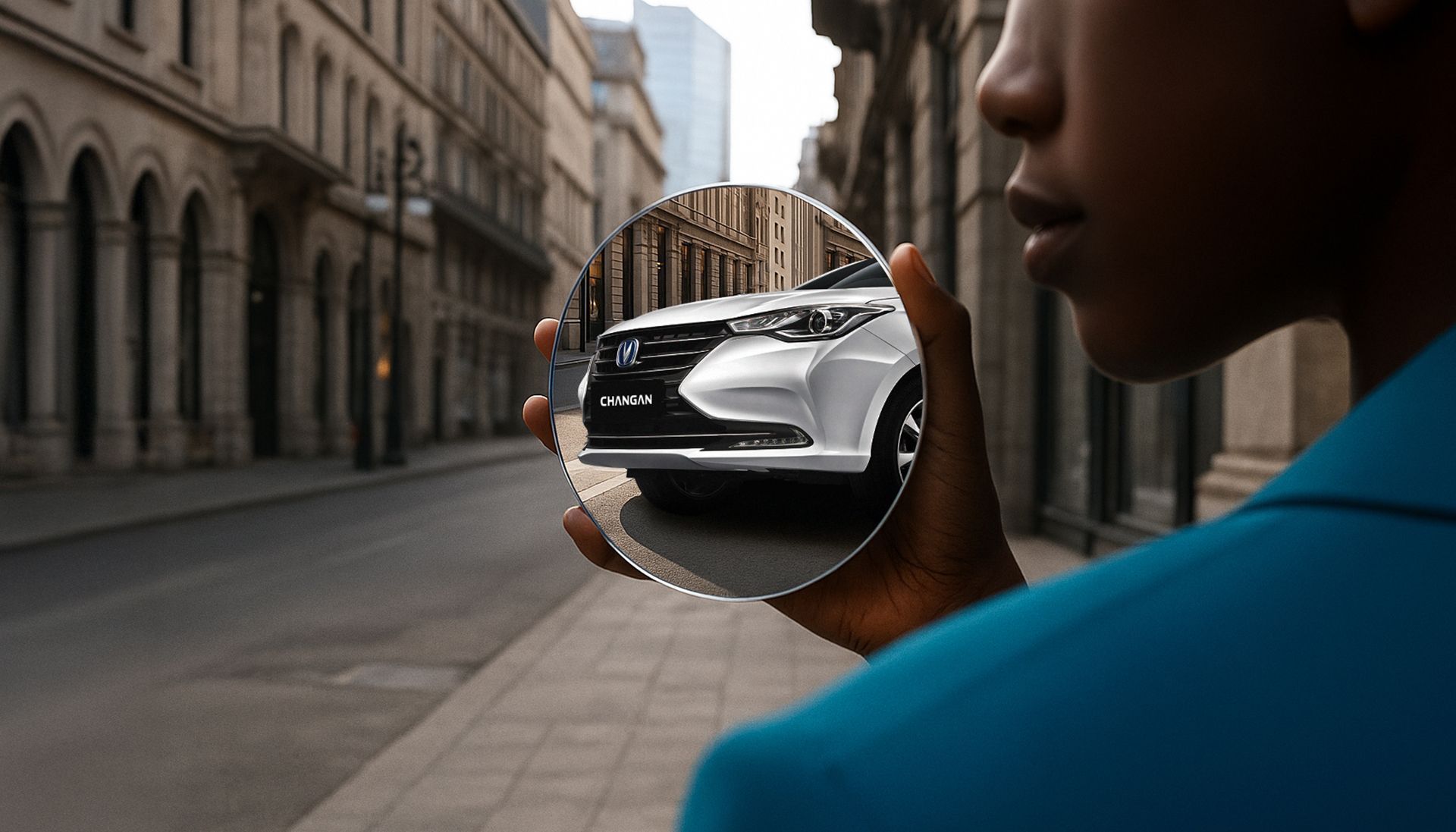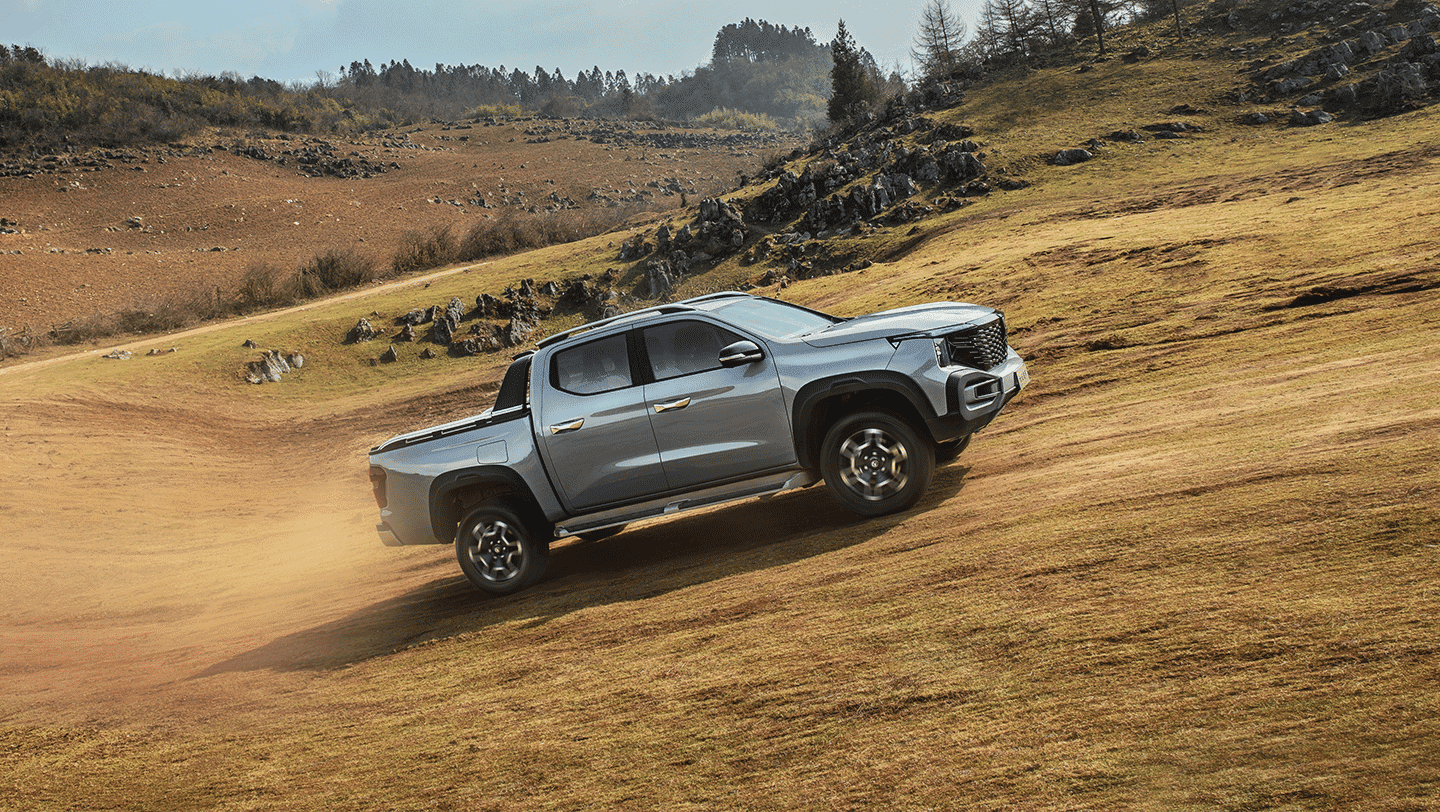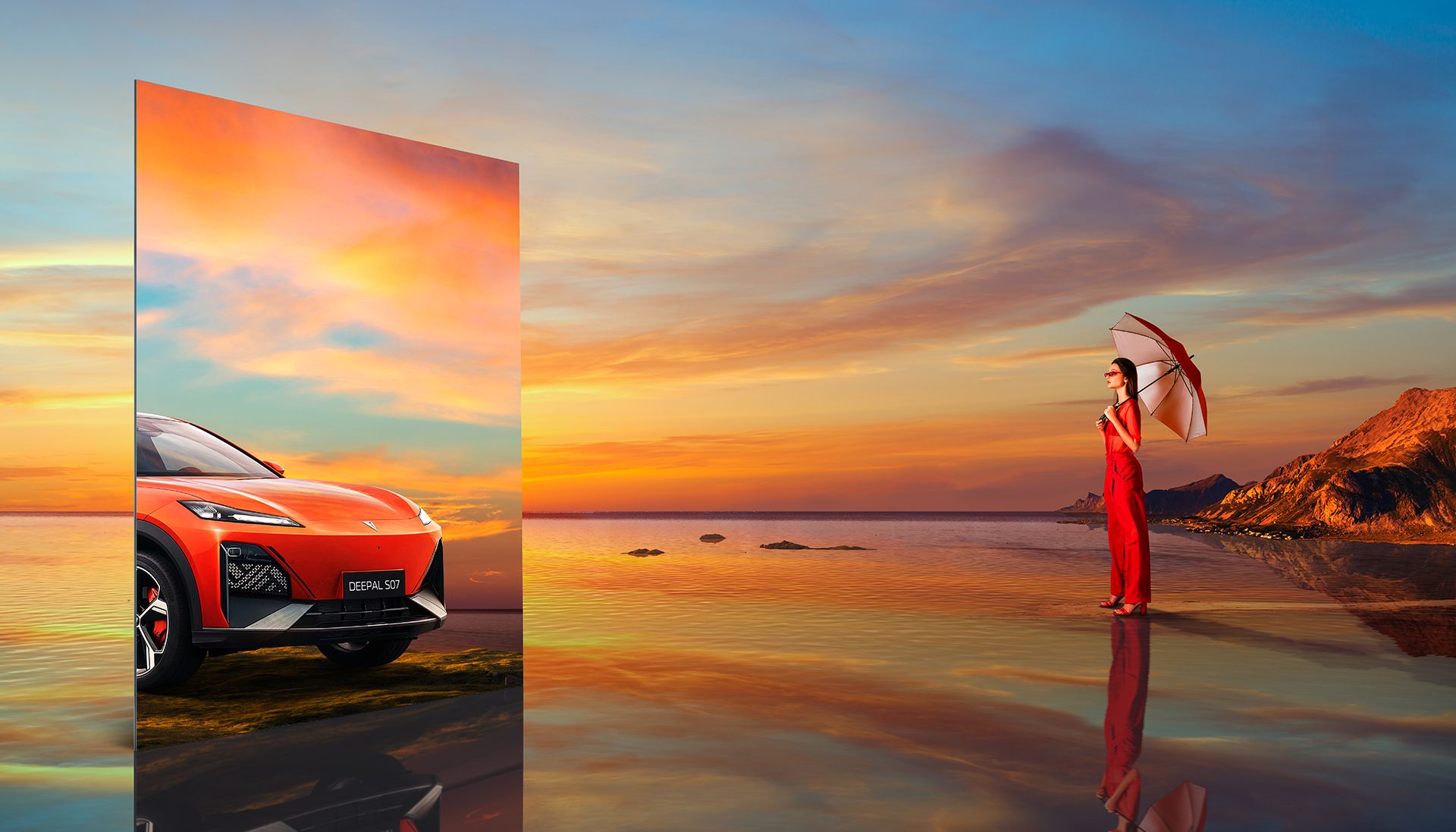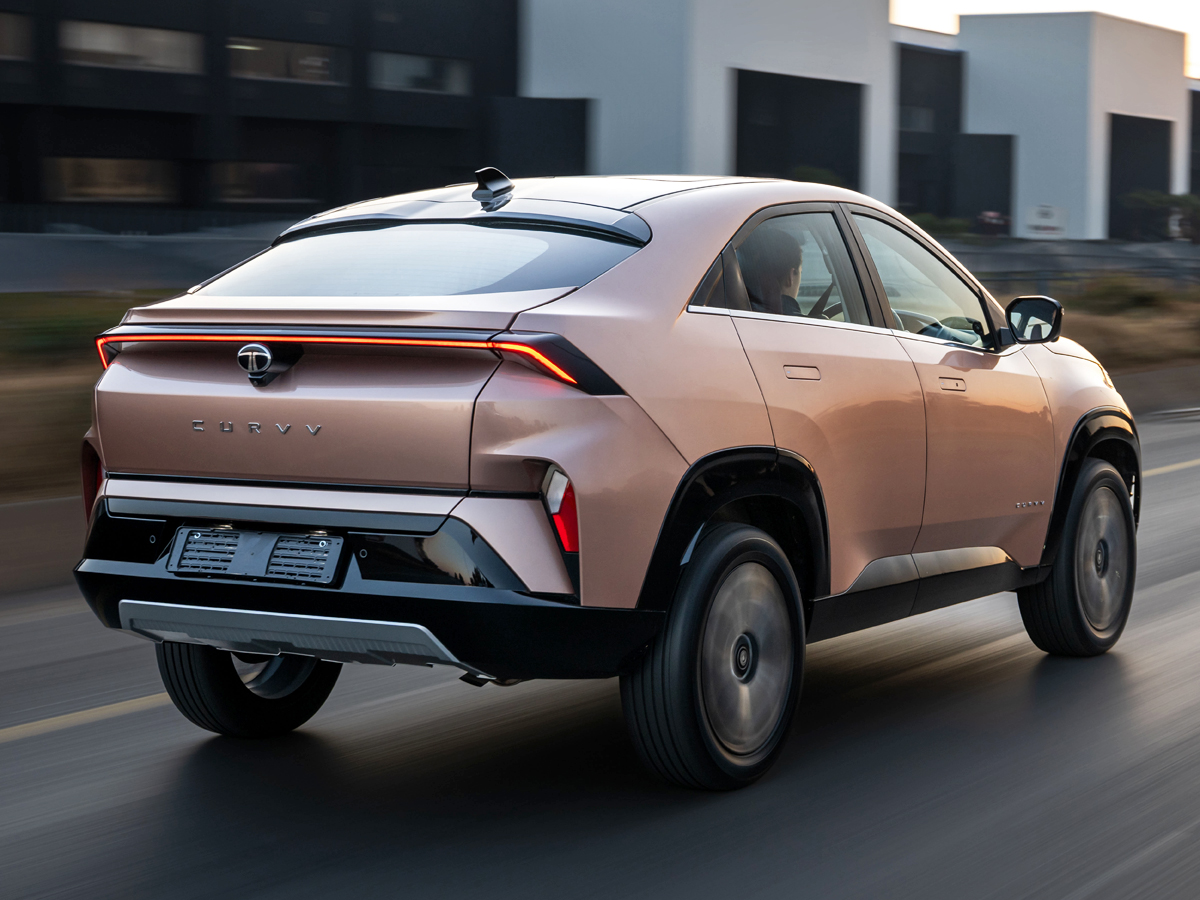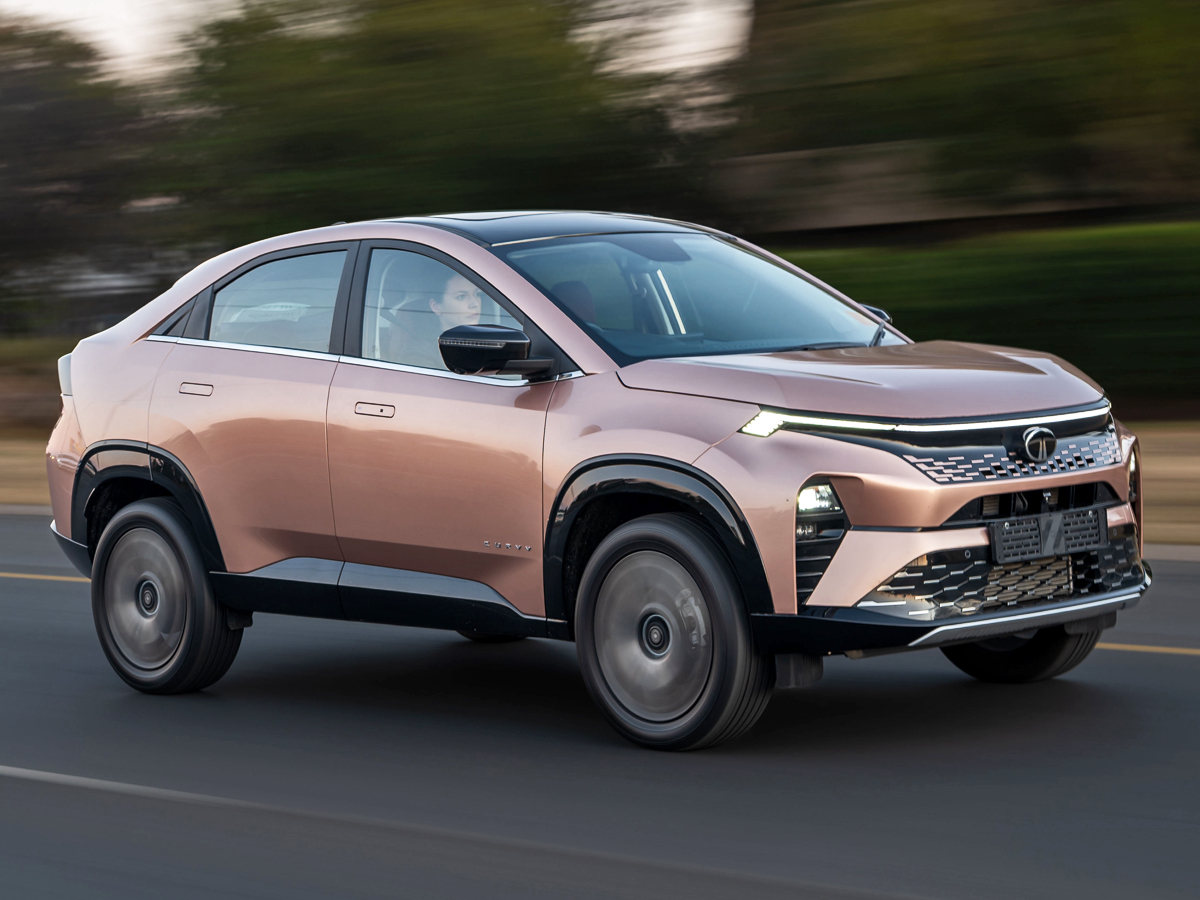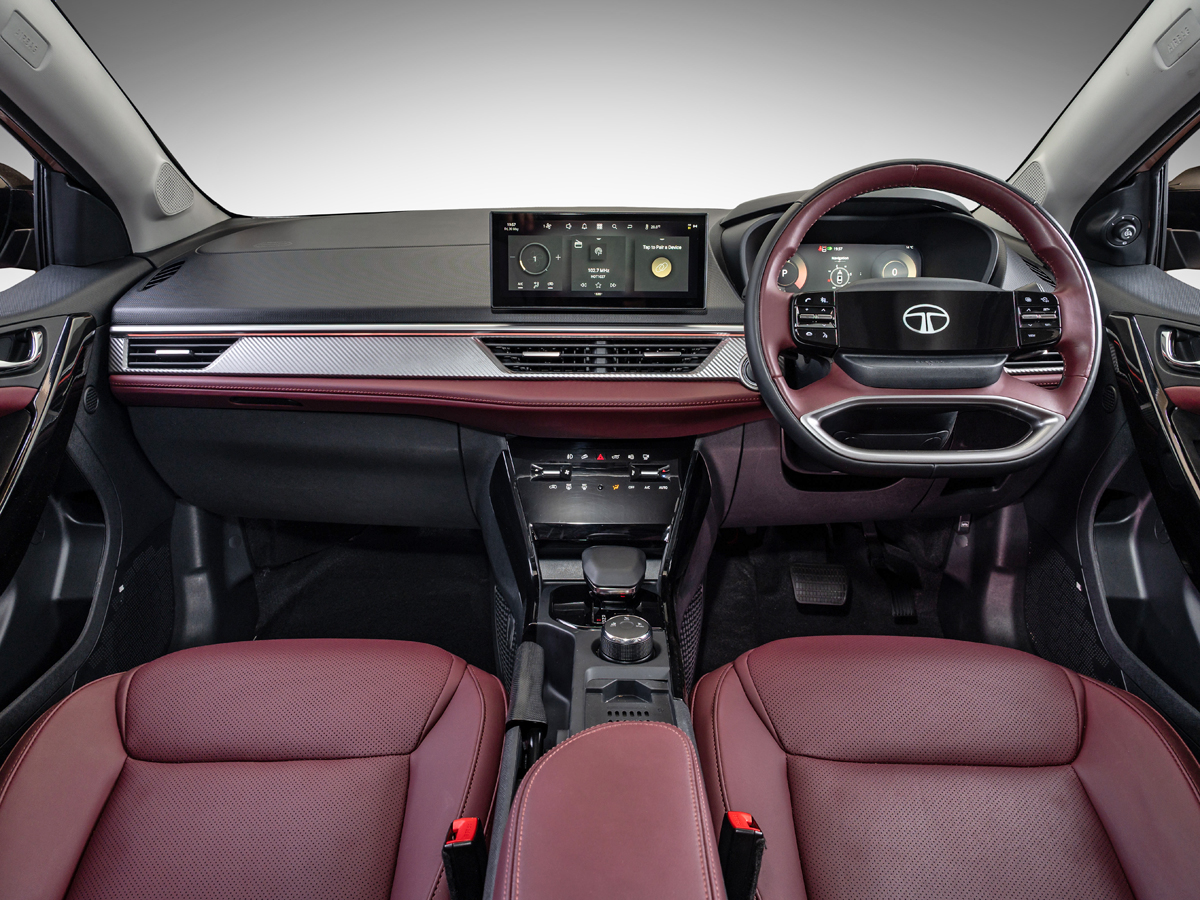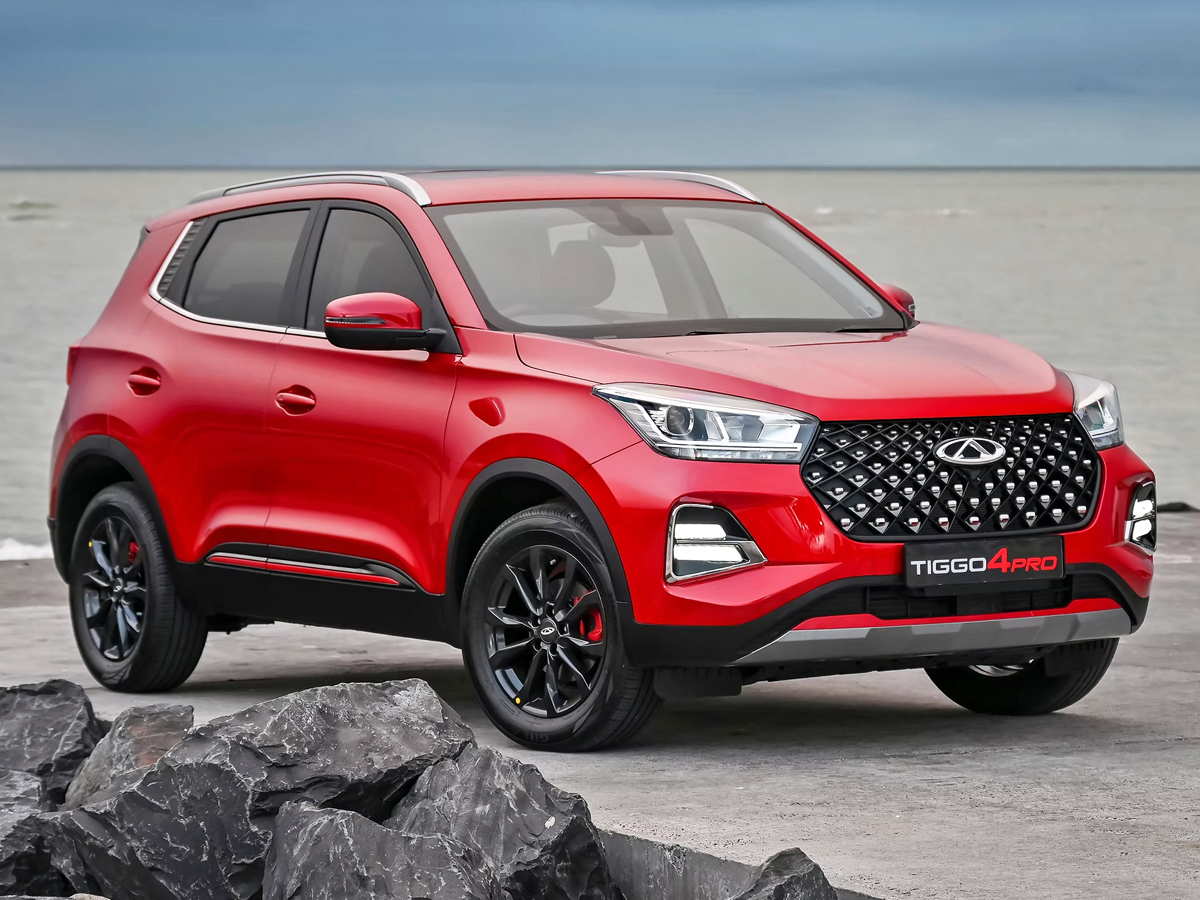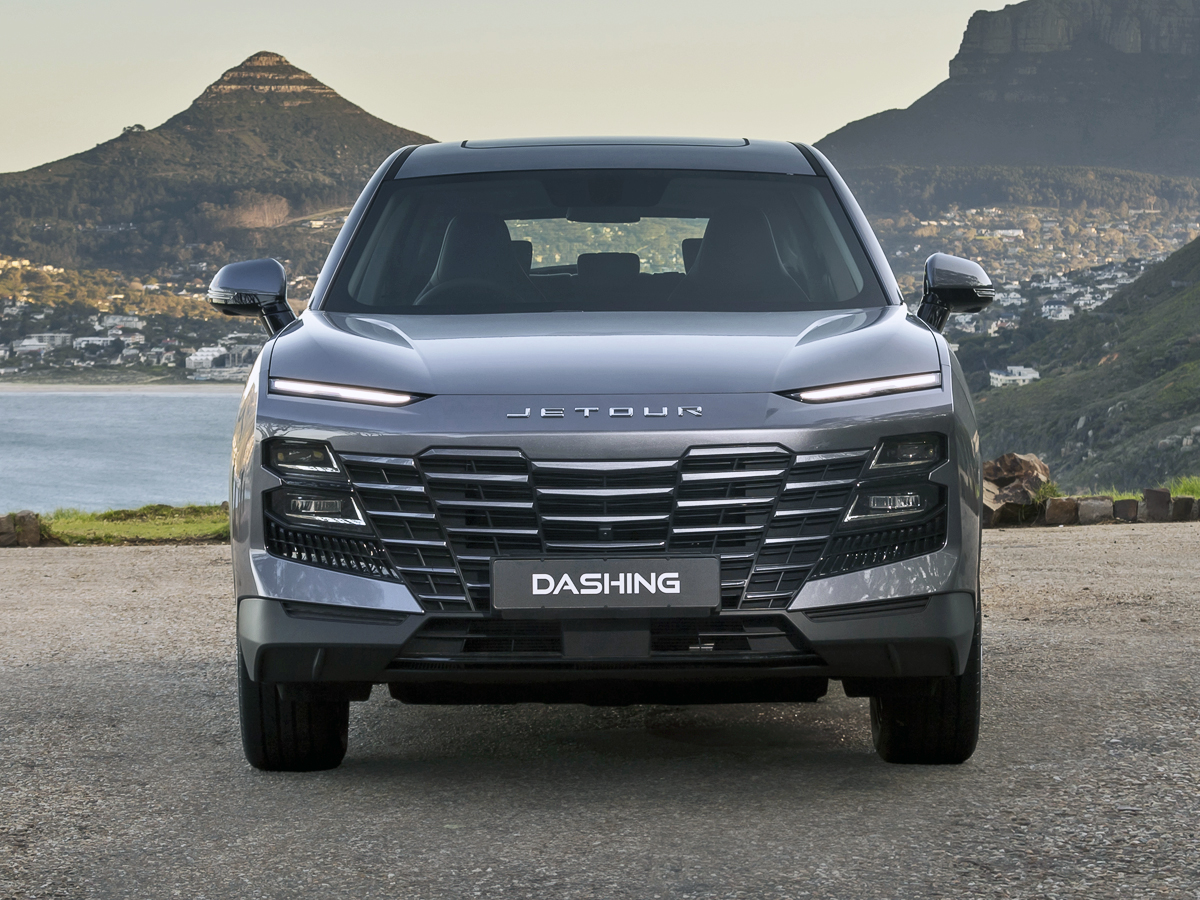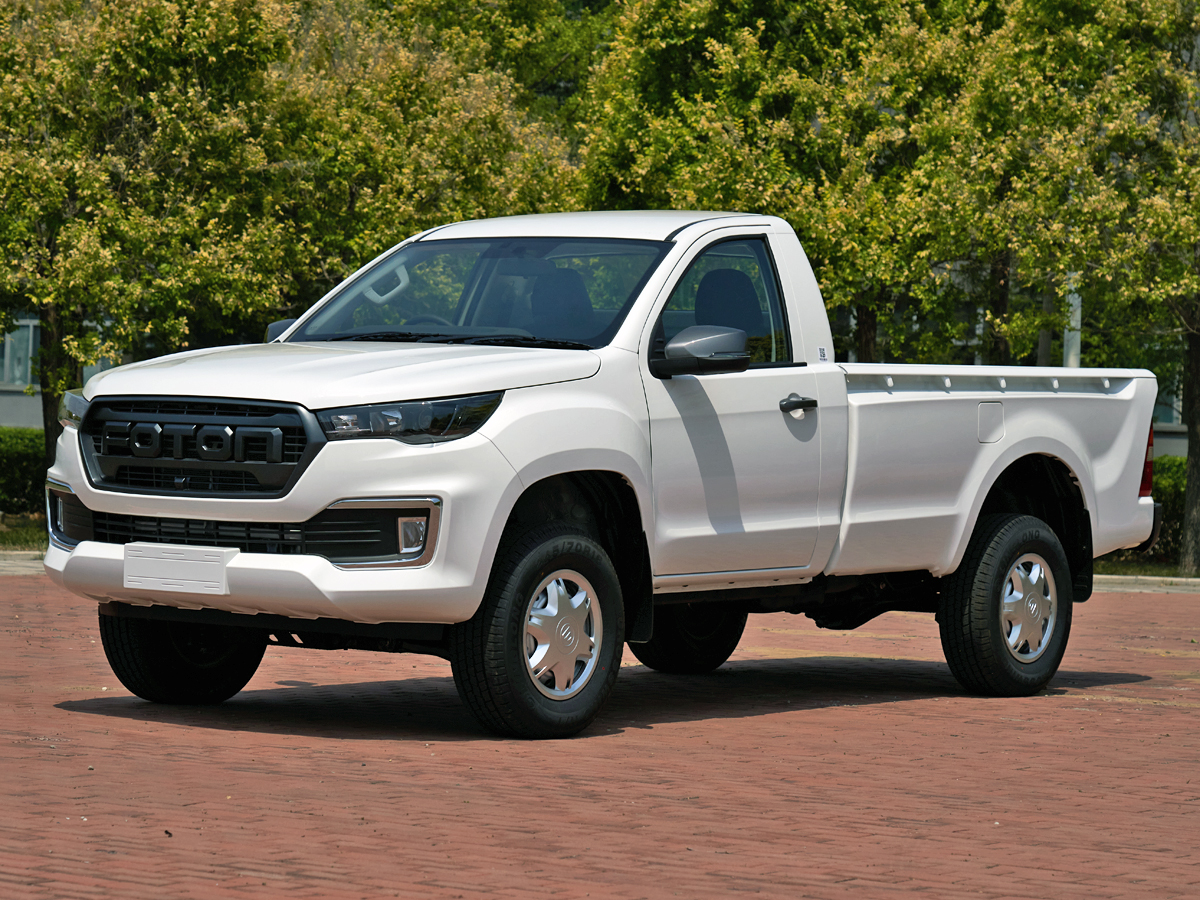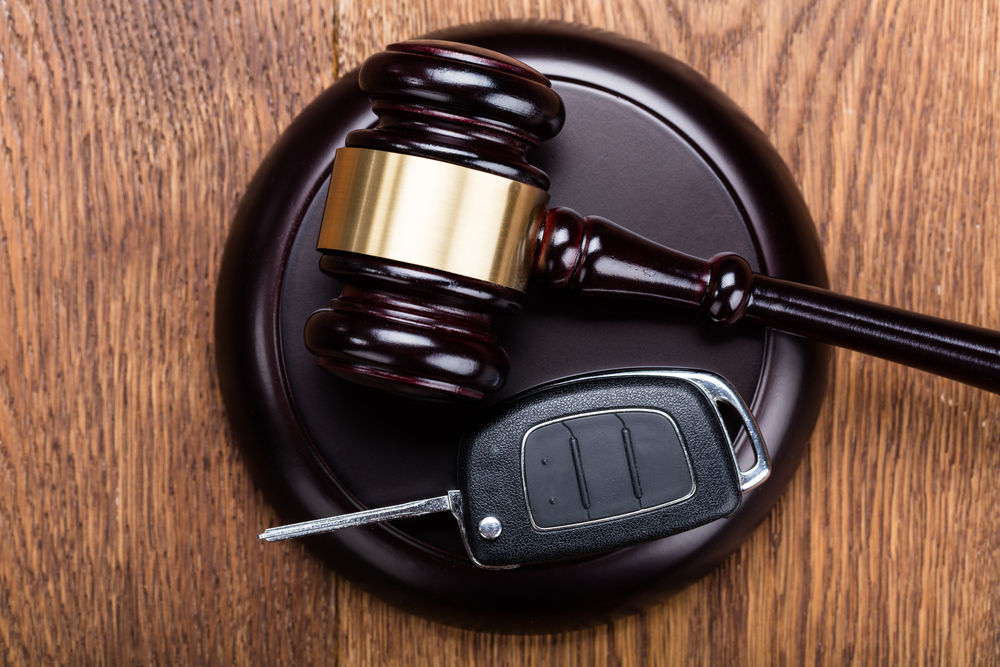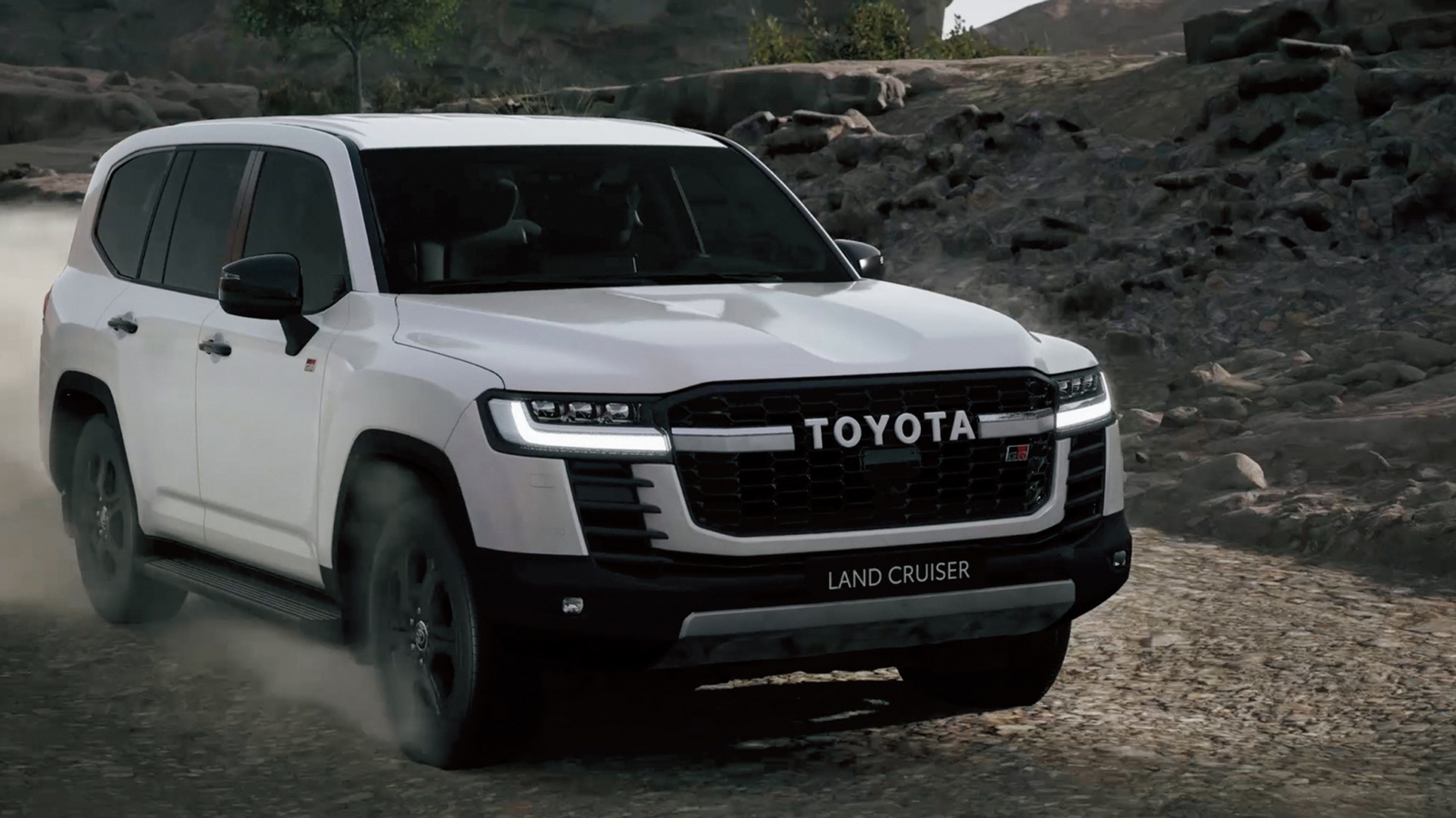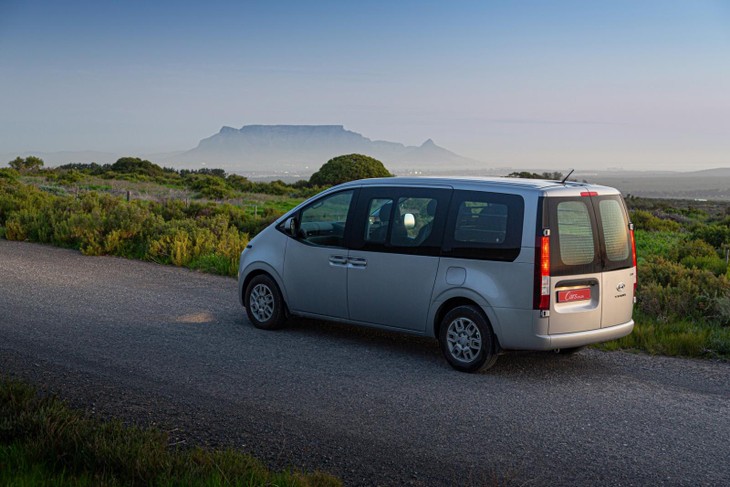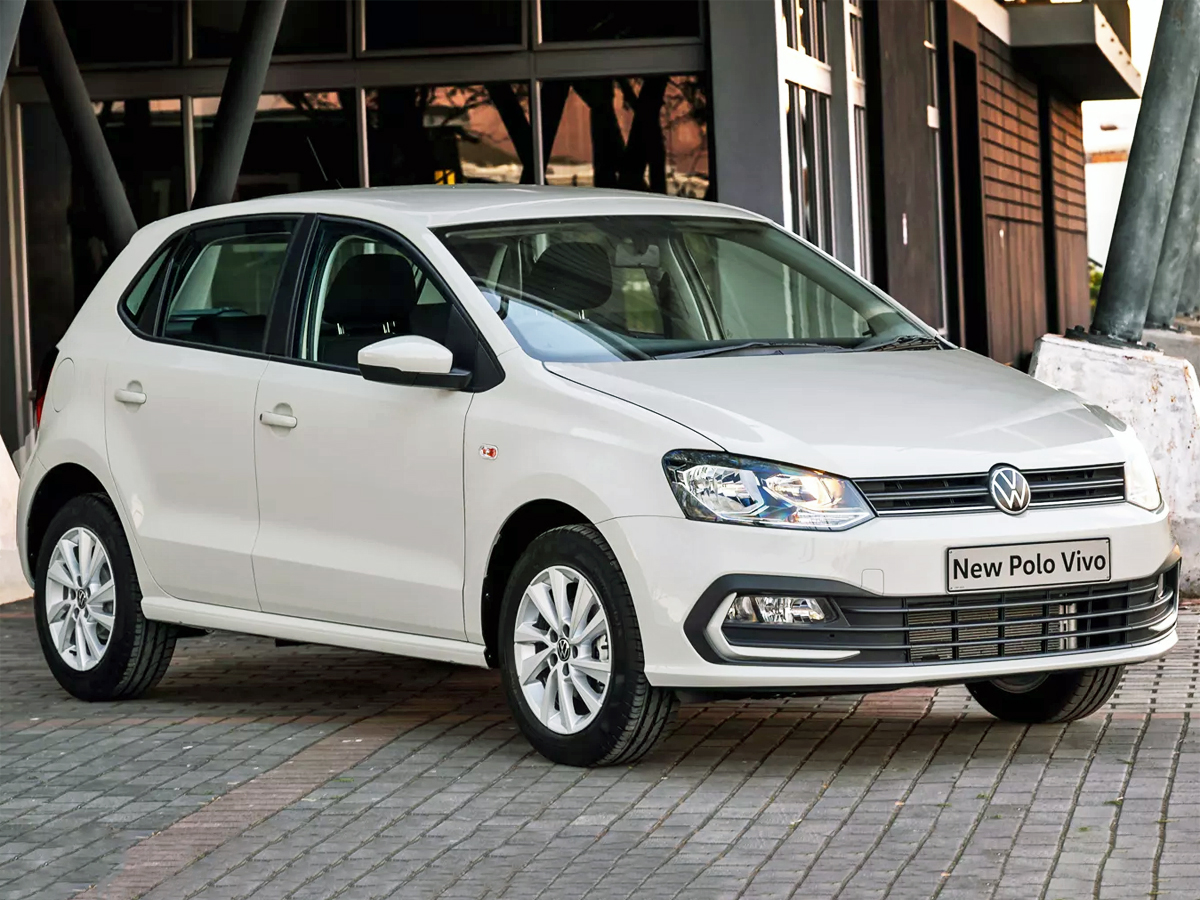Porsche 911 GTS (2025) Launch Review
The latest iteration of the Porsche 911 GTS, which was recently named the 2025 World Performance Car of the Year, has arrived in South Africa. We take the Zuffenhausen-based brand’s acclaimed sportscar for a spirited drive in the Western Cape.
When the GTS badge first appeared on the Porsche 911 more than a decade ago, it felt like a cheeky mid-level trim; something a bit more “personalised” than the buttoned-up 911 Carrera S. But in the era of the 992-series 911, “GTS” has matured into something far more emphatic, a tailored hero (and a very successful member) of the range. Now, with the arrival of the 2025 Porsche 911 Carrera GTS, South African enthusiasts gain access to a line-up that genuinely feels like the heart of the 911 collection.
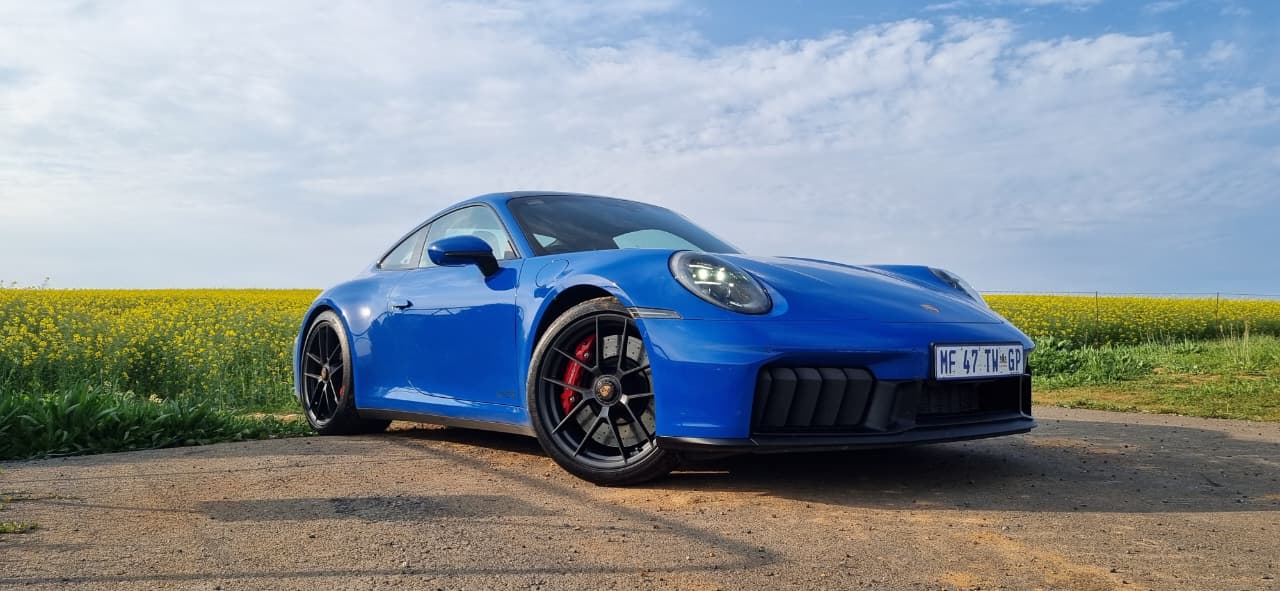
For the launch, Porsche selected a similar route to the one it used during the local introduction of the previous iteration of the 911 GTS, taking in some of the best stretches and passes in the Western Cape.
Want a recap? See our Porsche 911 GTS (2021) Launch Review
Seeing as I had also attended that event, I was eagerly looking forward to experiencing the 992.2-series enhancements, particularly in the engine department, where the biggest change can be found.
What’s new for the 2025 Porsche 911 GTS?
Beneath the curved engine cover (at the back) lies the bigger (3.6-litre) turbocharged flat-6, paired with Porsche’s new T-Hybrid system. Yes, it’s a petrol-electric hybrid, but not in an efficiency-obsessed manner. It’s a hybrid that doesn’t seek silence; it exists to sharpen responses and add extra punch.
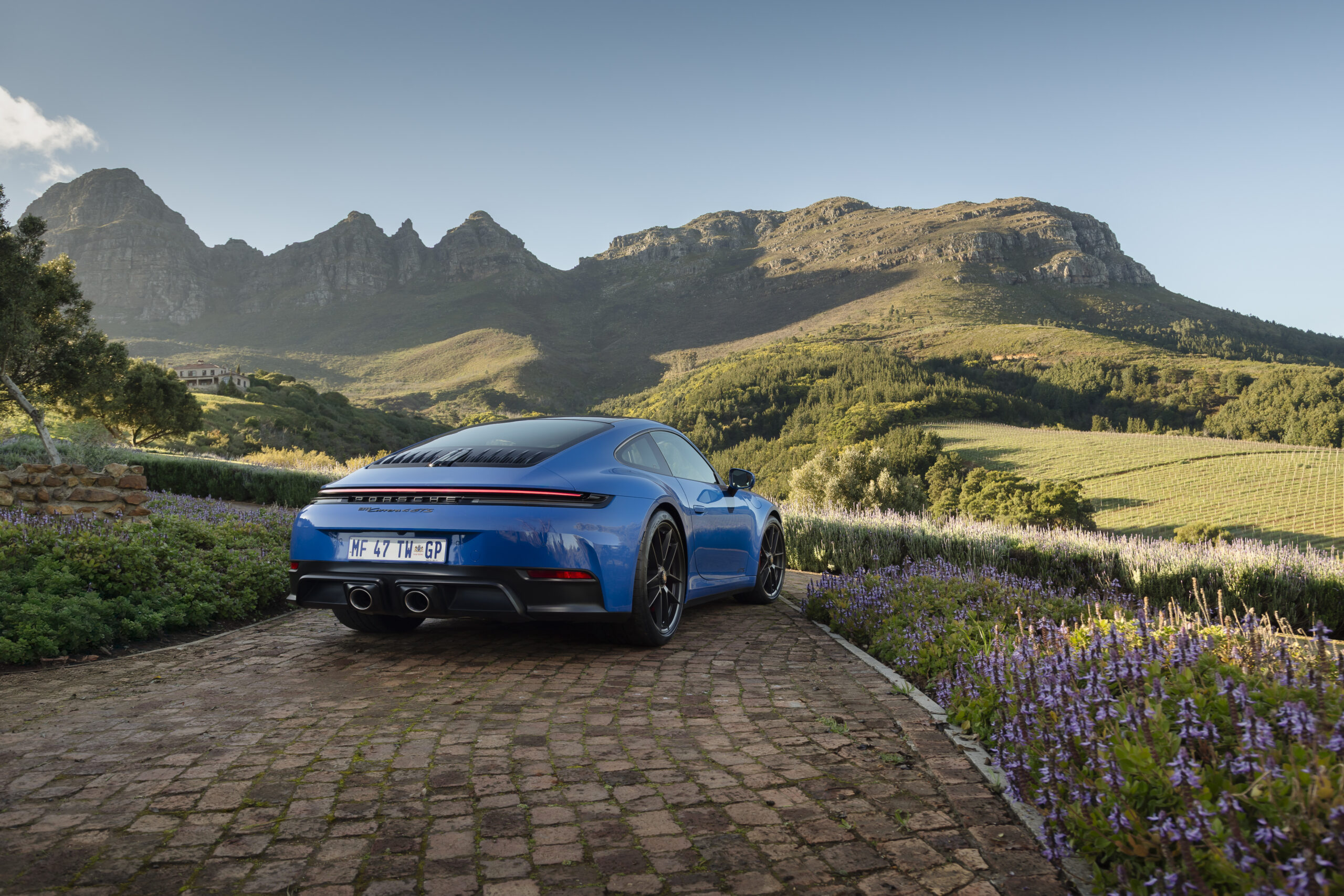
At the heart of this innovation is an electric exhaust gas turbocharger. By replacing a conventional setup, lag is virtually eradicated.
The electric assist on the single turbocharger allows the unit to reach a maximum boost (1.8 bar) in just 0.8 seconds from 2 000 rpm, compared to the 3 seconds it took the older engine to build to 1.3 bar (from the same engine speed). The result is that a strong surge of power is available whenever you require it.
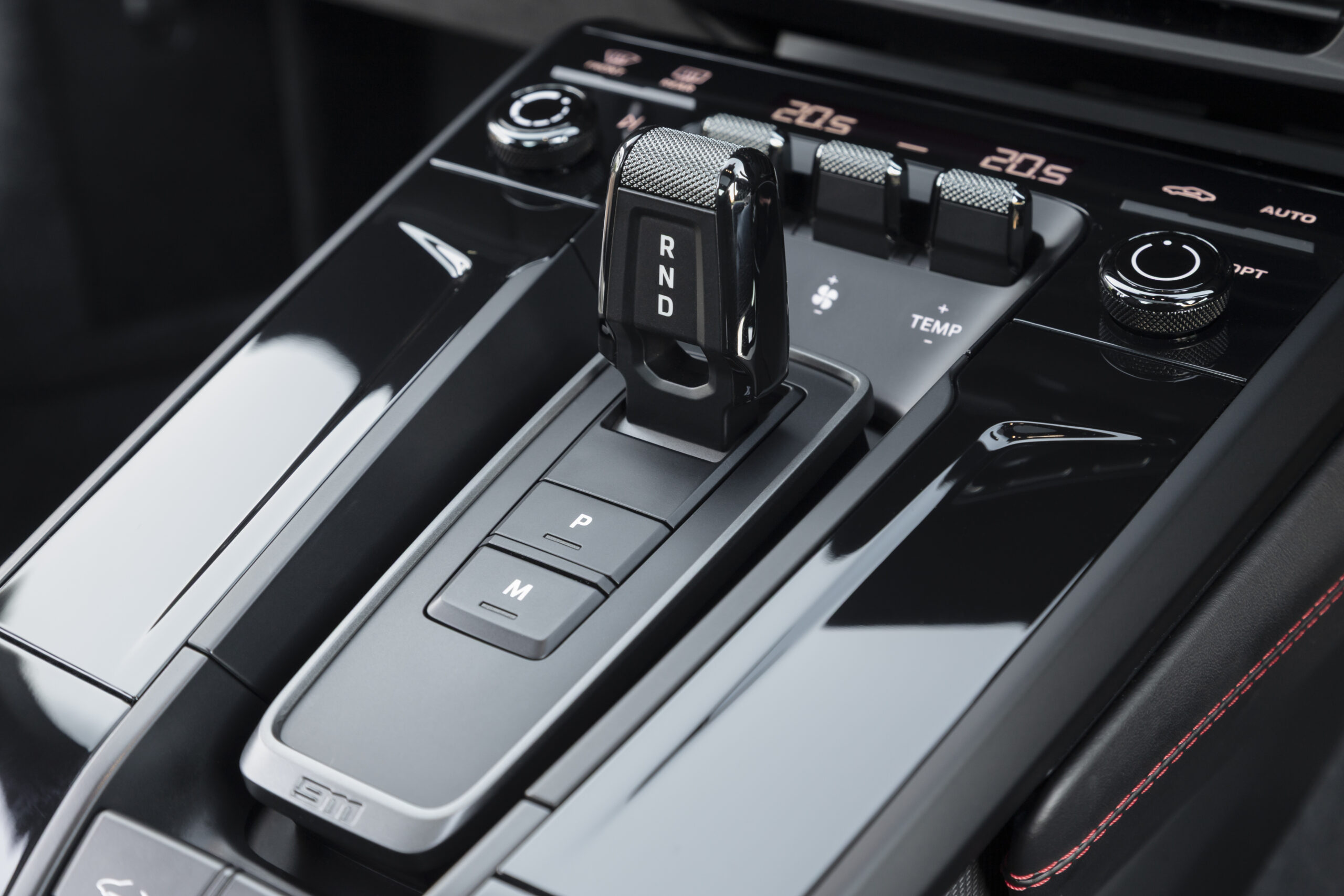
Complementing this is a strengthened 8-speed dual-clutch automatic transmission (PDK), inside of which sits a compact electric motor. Beyond delivering an extra 40 kW, it also doubles as both starter and alternator, simplifying the system and saving weight.
Energy for the hybrid system comes from a high-performance traction (400V) battery manufactured by Rimac. Despite its advanced chemistry, it weighs only 27 kg and is mounted in the front of the car to optimise weight distribution. With a capacity of just 1.9 kWh, it’s small, but its role is explosive.
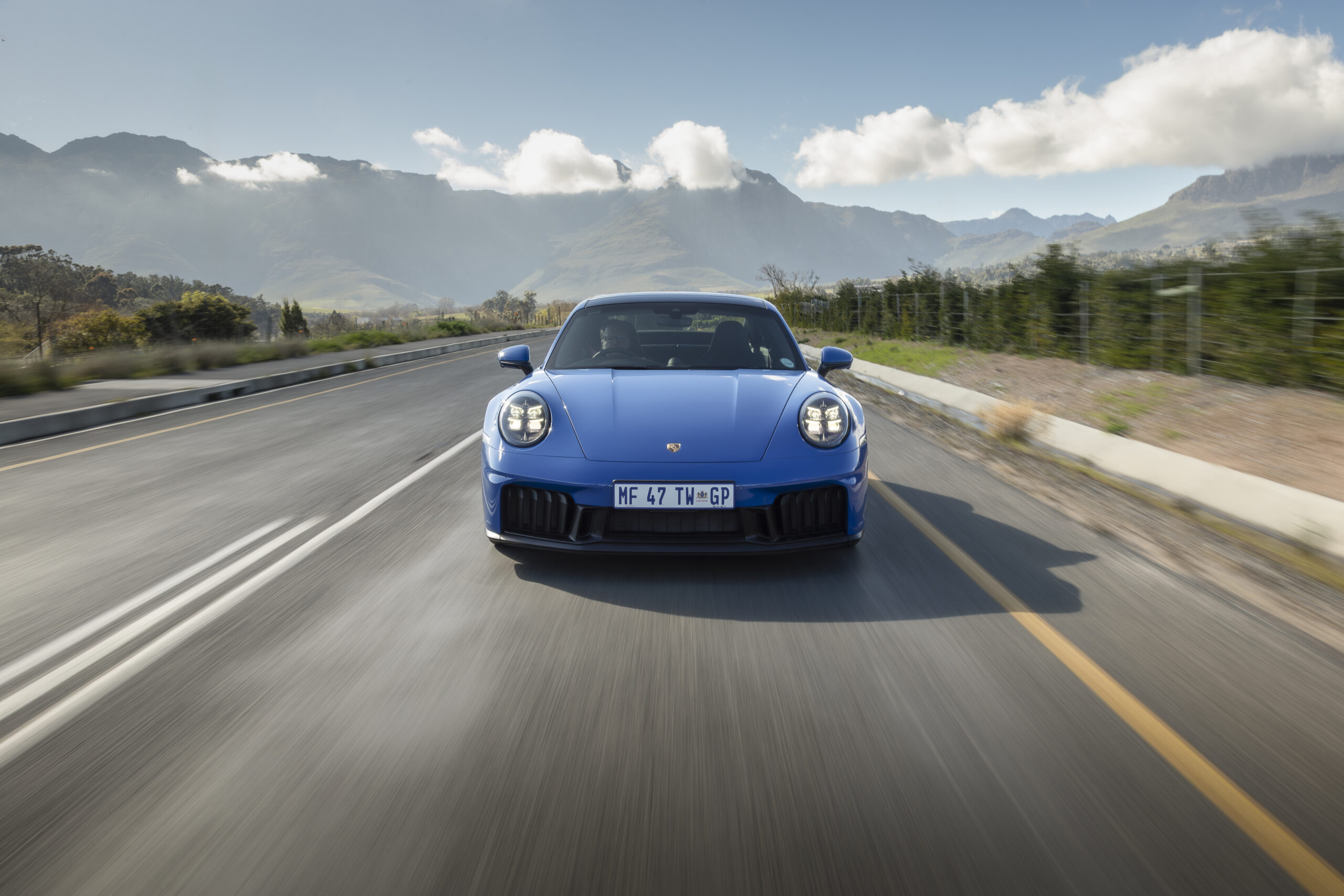
The 2025 Porsche 911 GTS boasts rear-axle steering as standard, which sharpens agility at low speeds and enhances stability when the pace increases. Porsche Dynamic Chassis Control (PDCC) is integrated into the high-voltage system, making its operation quicker and more efficient. Also standard is Sport Suspension, with variable dampers, and a ride height that sits 10 mm lower than standard.
What is the 2025 Porsche 911 GTS like to drive?
On paper, it is already clear that the 2025 Porsche 911 GTS is a serious high-performance machine. That new drivetrain punches out peak outputs of 398 kW and 610 Nm of torque. Porsche claims a 0-100 kph sprint time of around 3.0 seconds (for the Carrera 4 GTS PDK), as well as a top speed of 312 kph.
It is worth keeping in mind that Porsche tends to be quite conservative with its claimed performance figures – overseas tests have found the 911 GTS can dispatch the benchmark sprint in 2.7 seconds!
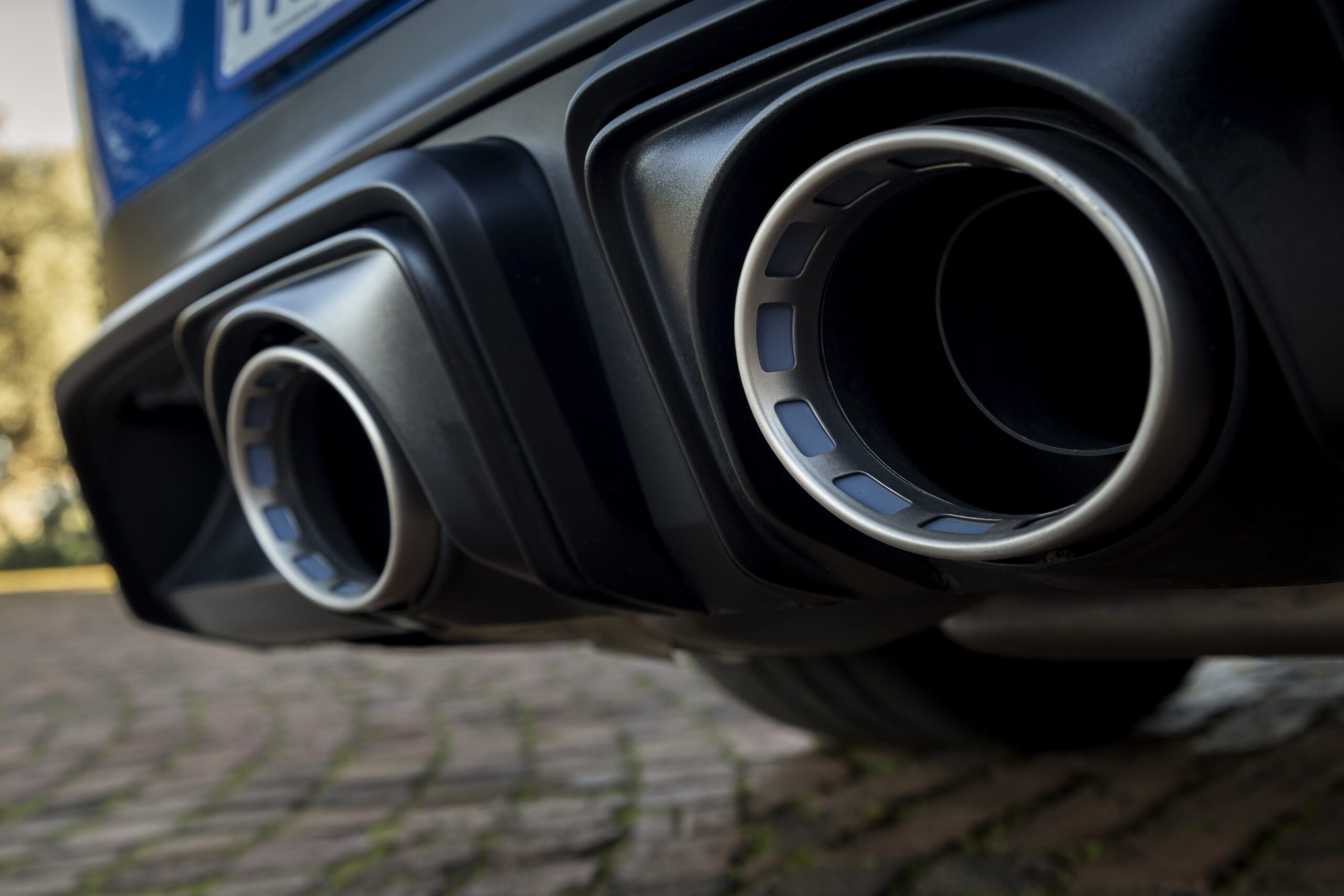
Unlike many “performance hybrids”, the GTS doesn’t fire up silently. The flat-6 barks into life as you’d expect (and want), and Porsche keenly points out the car won’t move an inch under electric power alone.
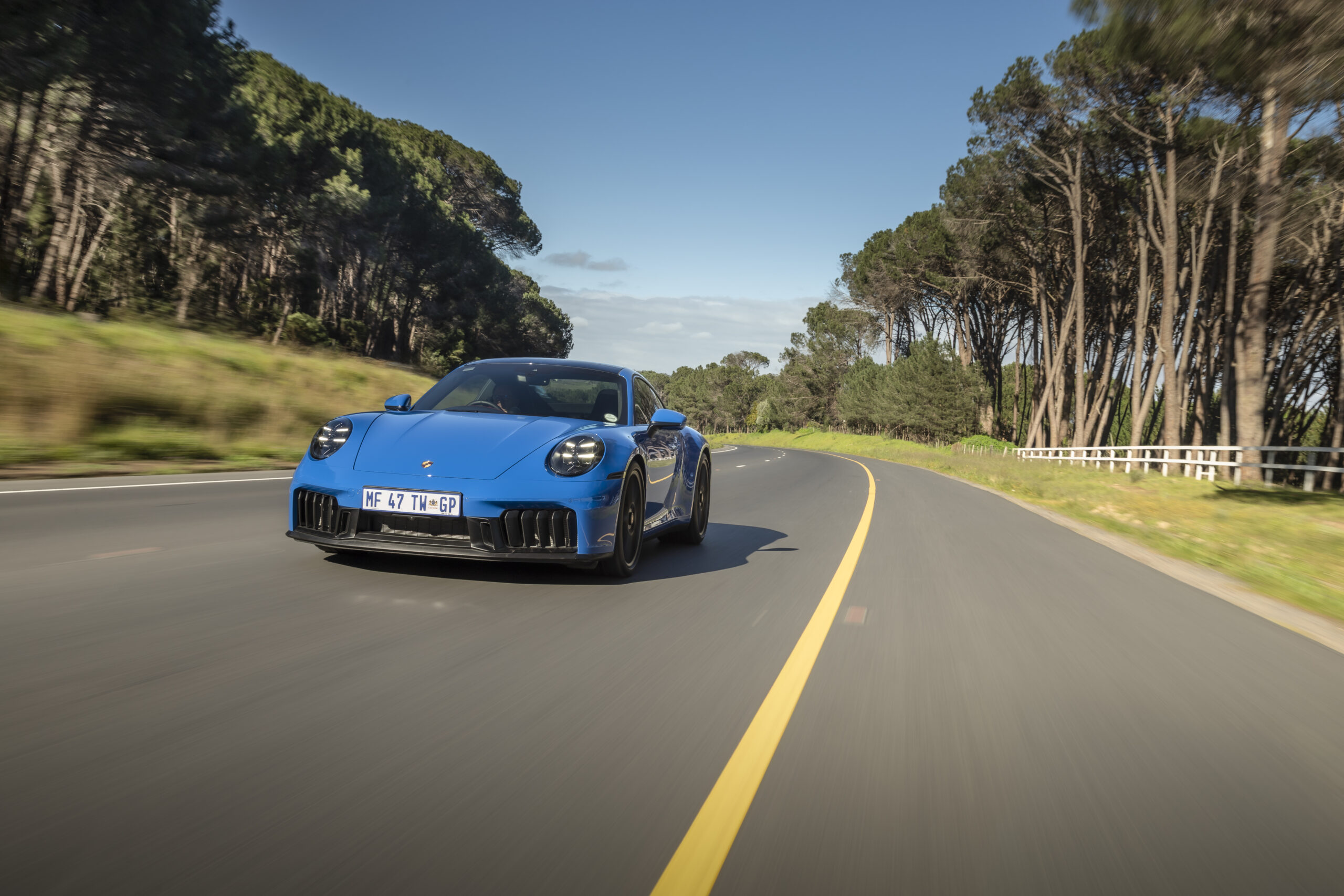
It is immediately evident that this is a very rigid car, and the ride quality is certainly on the firm side. But like almost all 911s, it manages to strike a fine balance between firmness, which is a cornerstone of dynamic handling ability, and practicality – a reasonably pliant ride for everyday use. The steering is quick, composed, and communicative; the brakes offer Turbo-grade strength and confidence.
As soon as the road unclenches, the 911 GTS reveals another of its facets with aplomb; the linearity and relentlessness of the power delivery beggar belief – it just never feels like it is going to run out of puff.
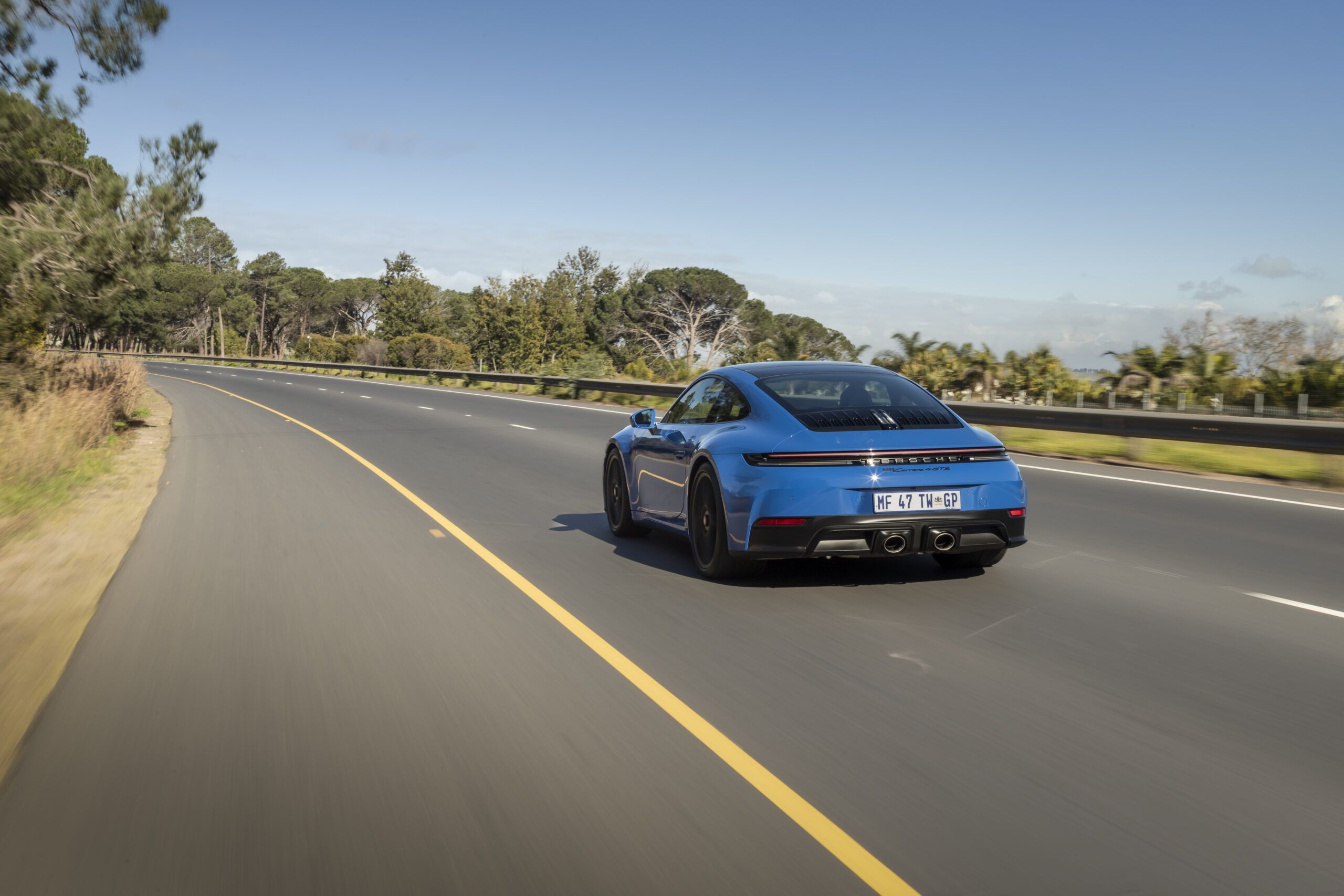
And, my word, it’s FAST. The sound of the 6-cylinder boxer engine winding up behind you adds an utterly delightful sense of theatre to proceedings, and the ‘box rewards by delivering crisp, fast changes.
You don’t need to wring out the engine as there is so much torque lower down, and so you can relax a little in the corners, you don’t need to chase a very specific power delivery point in the rev range.
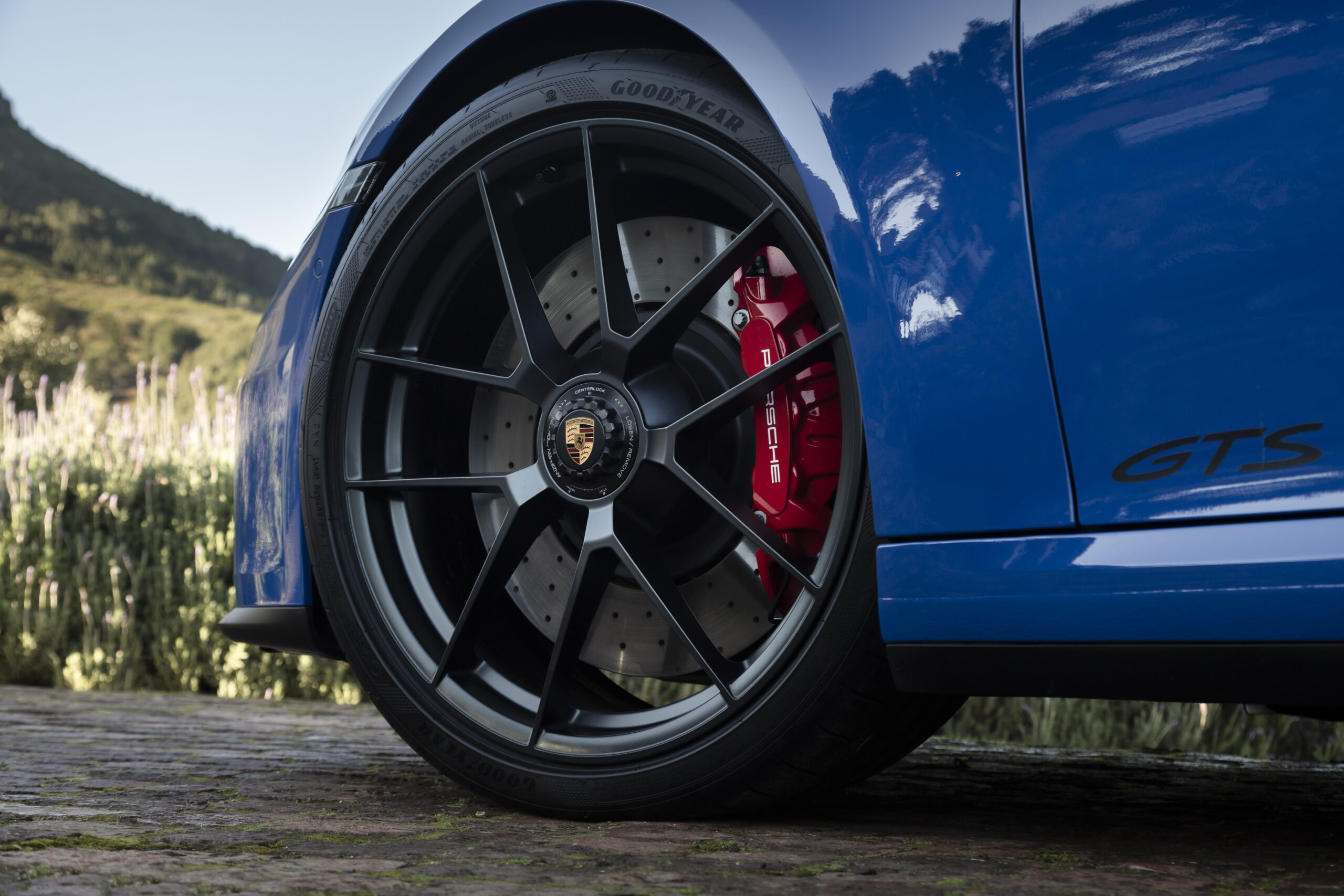
Speaking of the corners… the 911 GTS rides on 21-inch wheels with 315/30 tyres at the rear, and 20-inch wheels with 245/35 tyres at the front. It has a sizeable footprint, and suffice it to say, abundant grip.
While major roads in the Western Cape are mostly good, the quality of their surfaces can vary markedly: from billiard-table smooth to quite rough and patchy. Occasionally, they can be quite bumpy, too.
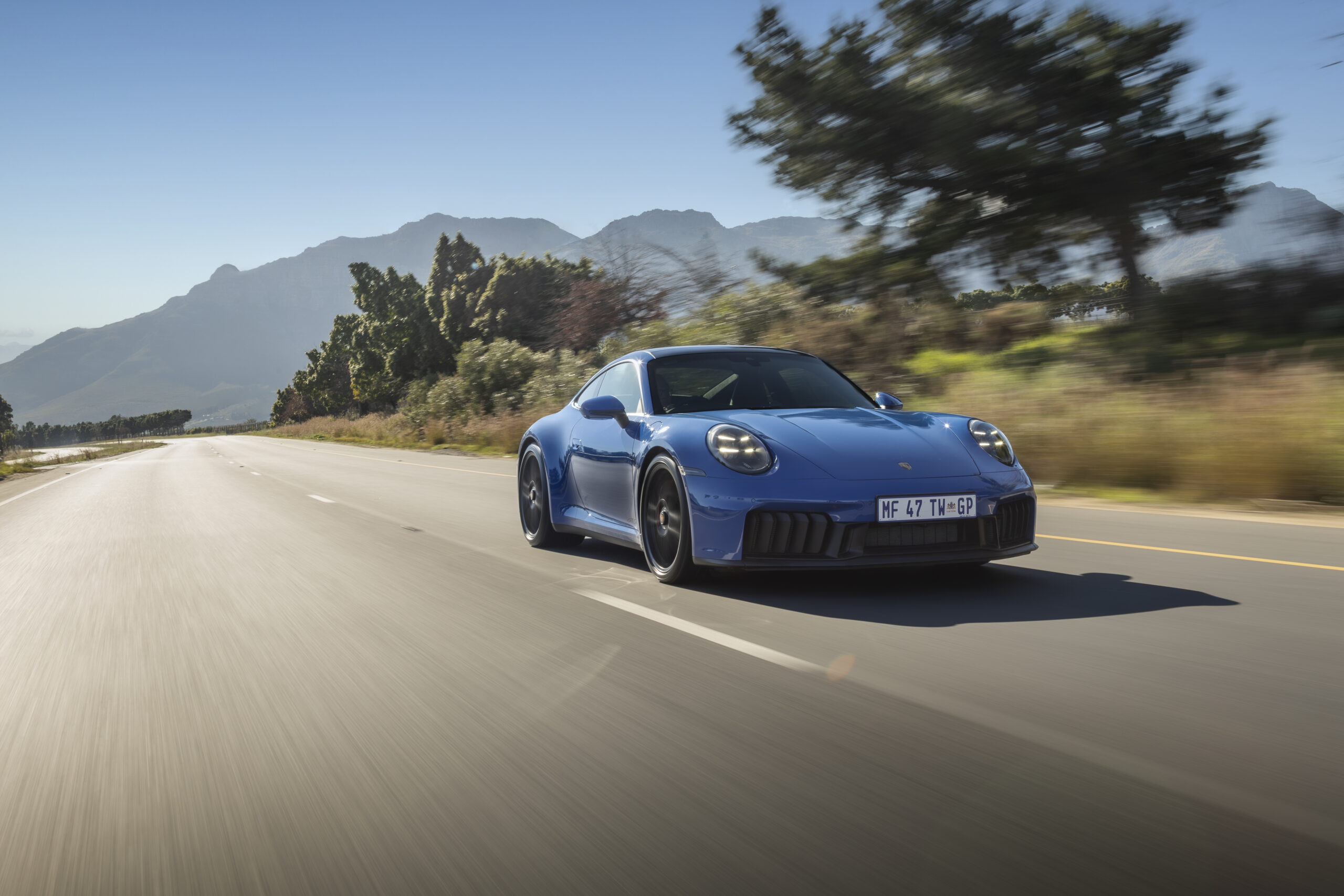
While you are always aware of the firmness, the 2025 Porsche 911 GTS is a car that absorbs the worst thuds and retains its grip exceedingly well. It just doesn’t get unsettled by whatever the road surface may throw at it. The only slight criticism I can voice is that there is considerable tyre roar on some of those poorer surfaces, but that’s about as far as the negatives go.
As is the case with the best Porsche 911 variants, the GTS manages to combine sizzling performance and entertaining dynamics with superb quality and long-distance comfort. And, it is probably one of the fastest cars on “real roads” you can buy right now, particularly in all-wheel-drive Carrera 4 GTS form.
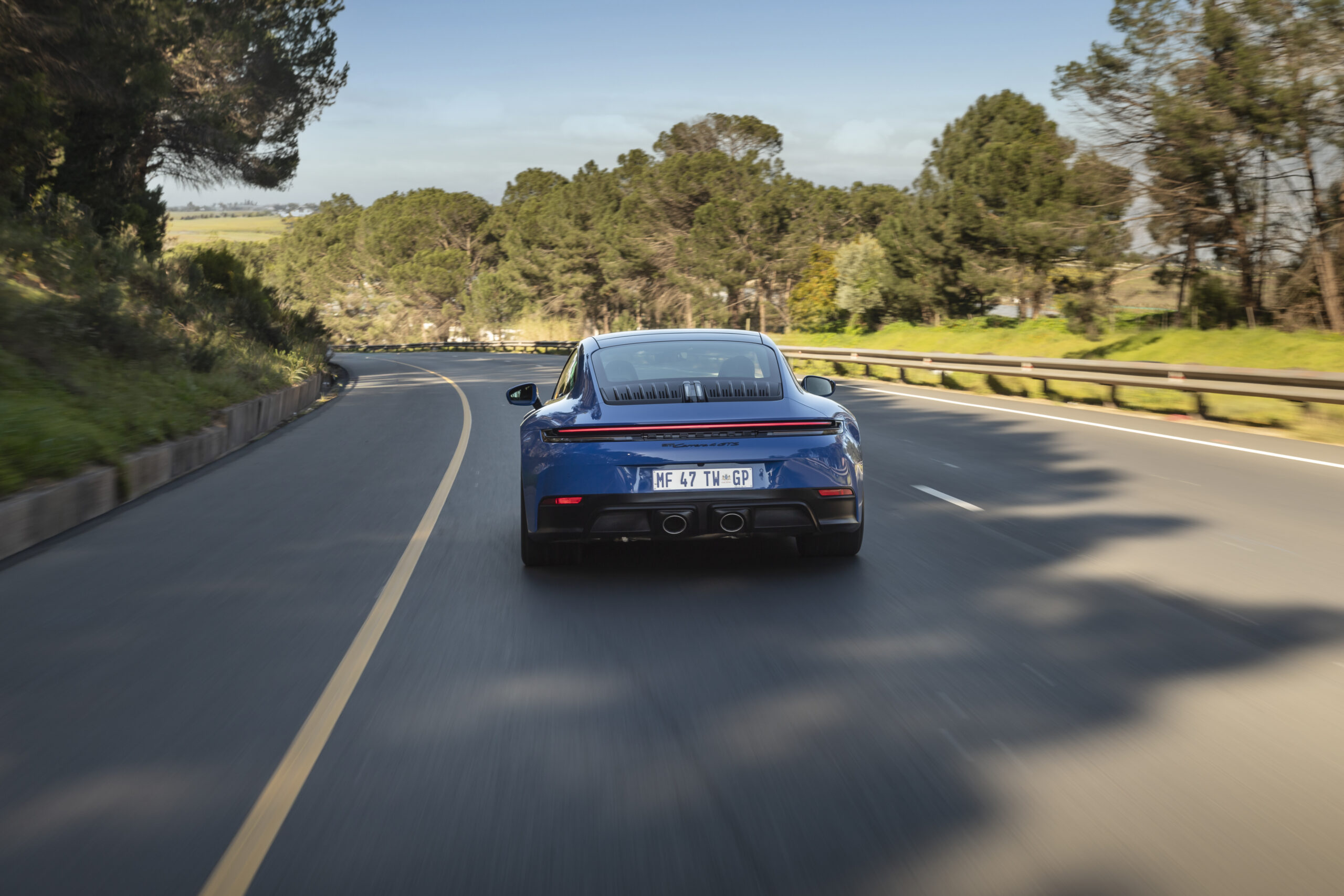
The result is a machine that feels both urgent and composed. The generous low-down torque means you don’t need to hunt for power; the chassis invites you to push harder; and the combination of high-tech hybrid assistance with classic flat-6 charisma makes this one of the most well-balanced 911s ever.
Design & Interior Ambience
And for the avoidance of doubt, the 2025 Porsche 911 GTS’ exterior design doesn’t shout – it smoulders. Matte-black trim, wider haunches, and just enough aero details quietly signal its intent, but there is a new feature (at the front) that sparks conversation – the 5-a-side vertically positioned active air-cooling flaps.

When closed, they optimise aerodynamics when little cooling is required, thereby subtly boosting efficiency. However, when the engine’s appetite for atmosphere increases, they swing open to channel torrents of air into the radiators and keep operating temperatures neatly in check.
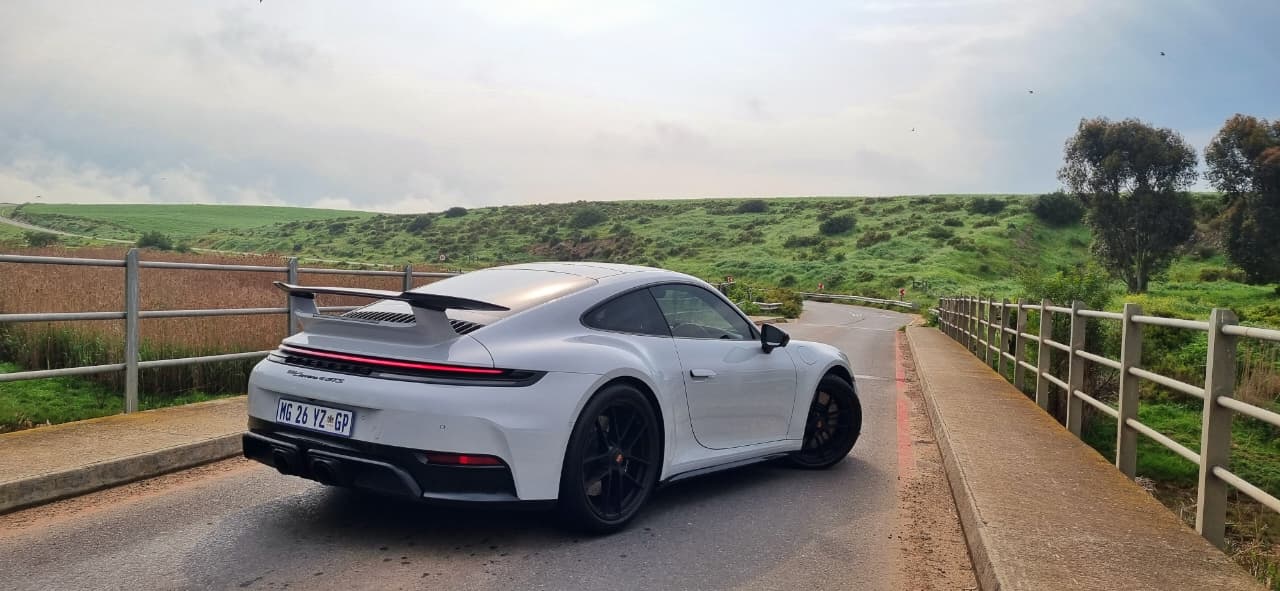
I think the active air-cooling flaps make the newcomer’s nose look a touch too fussy; they detract from the classic purity of the 911’s face. Yet interestingly, several onlookers commented positively on the added sense of purpose they give the design. Like most design elements, it’s entirely subjective.
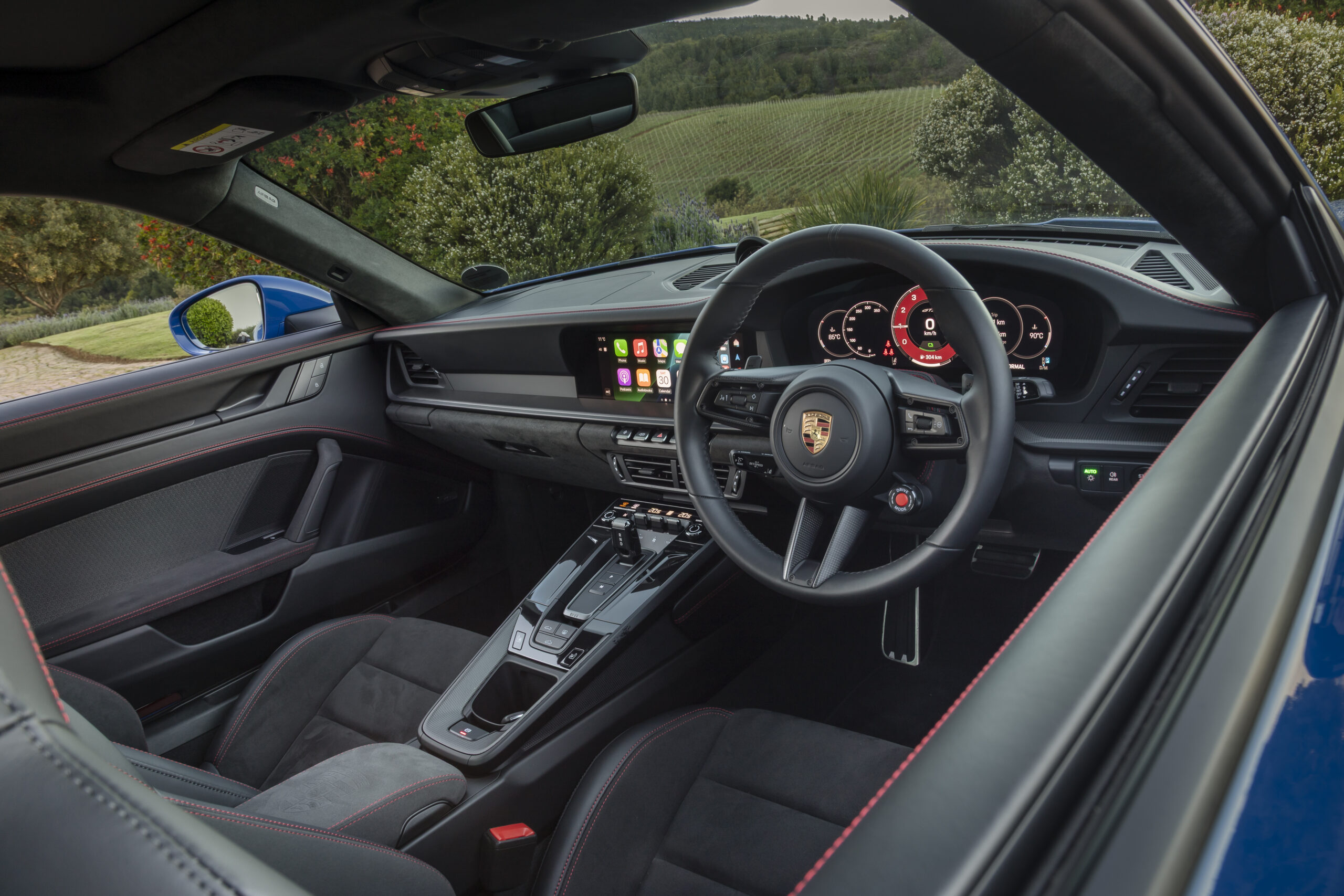
Inside, Porsche has embraced the digital age while honouring tradition. The driver faces a crisp-looking 12.6-inch curved digital instrument cluster, of which the display can be configured in a variety of ways.
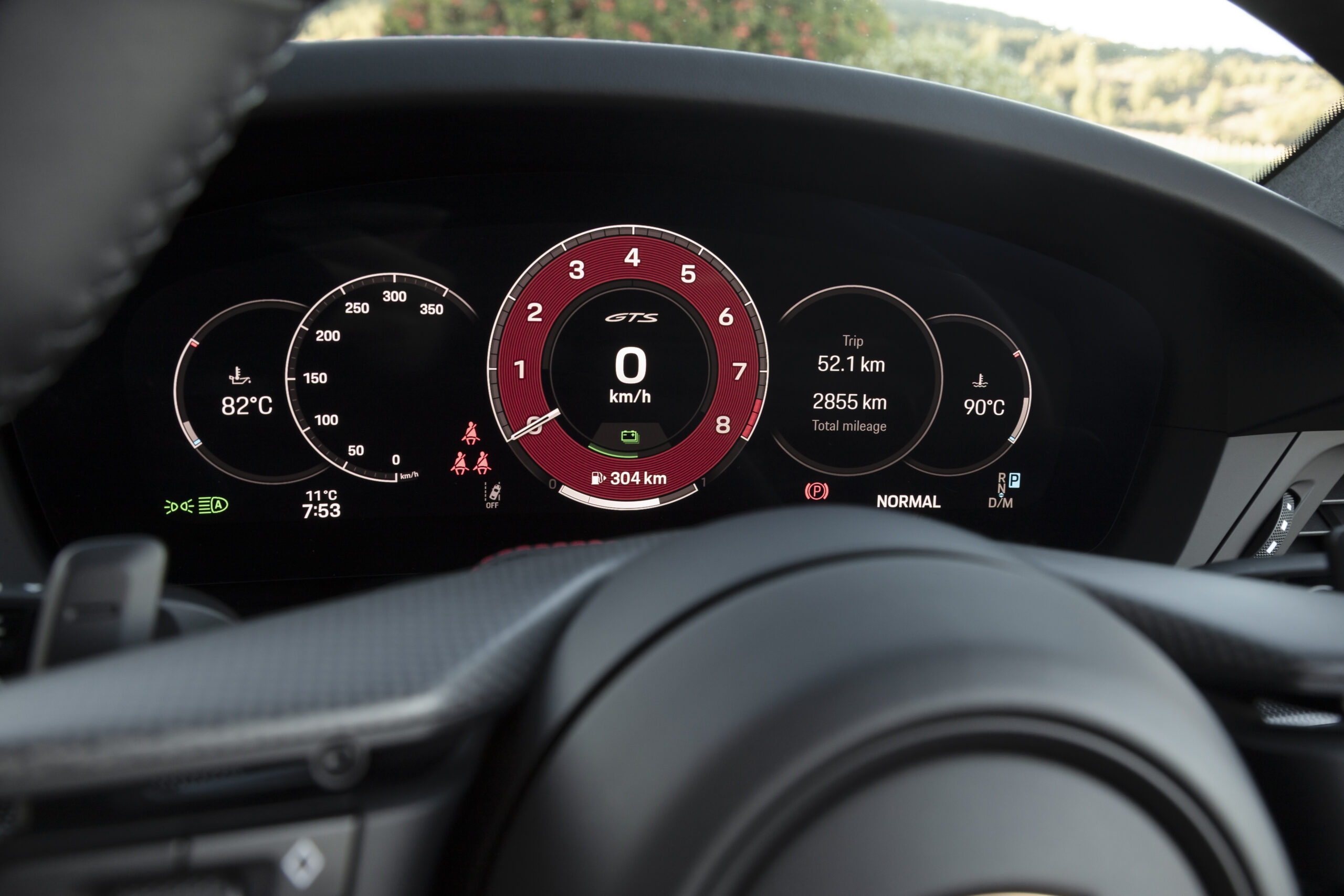
One of those replicates the classic 5-dial layout (as shown above), which is an unmistakable nod to earlier (and much celebrated) iterations of the 911, and arguably the one most owners will choose. The clarity of the display is superb, with sharp graphics and excellent visibility in all lighting conditions.
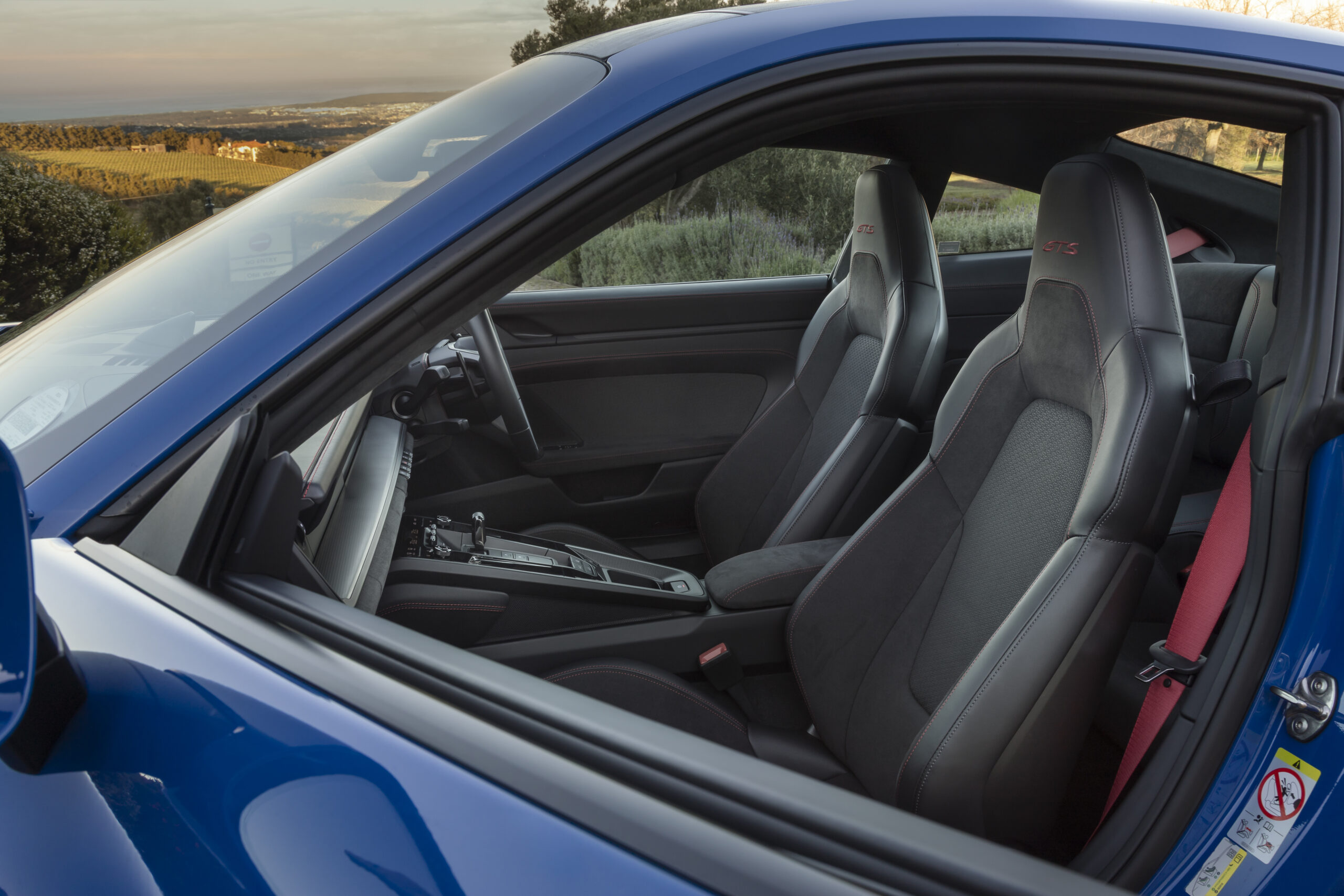
The rest of the cabin is pure Porsche 911: beautifully crafted, rock-solid, and surprisingly practical. Materials feel tactile and expensive, controls have reassuring heft, and there’s even usable space in the back; if you’re not using it to store bags, there’s sufficient legroom for small children or very short adults.
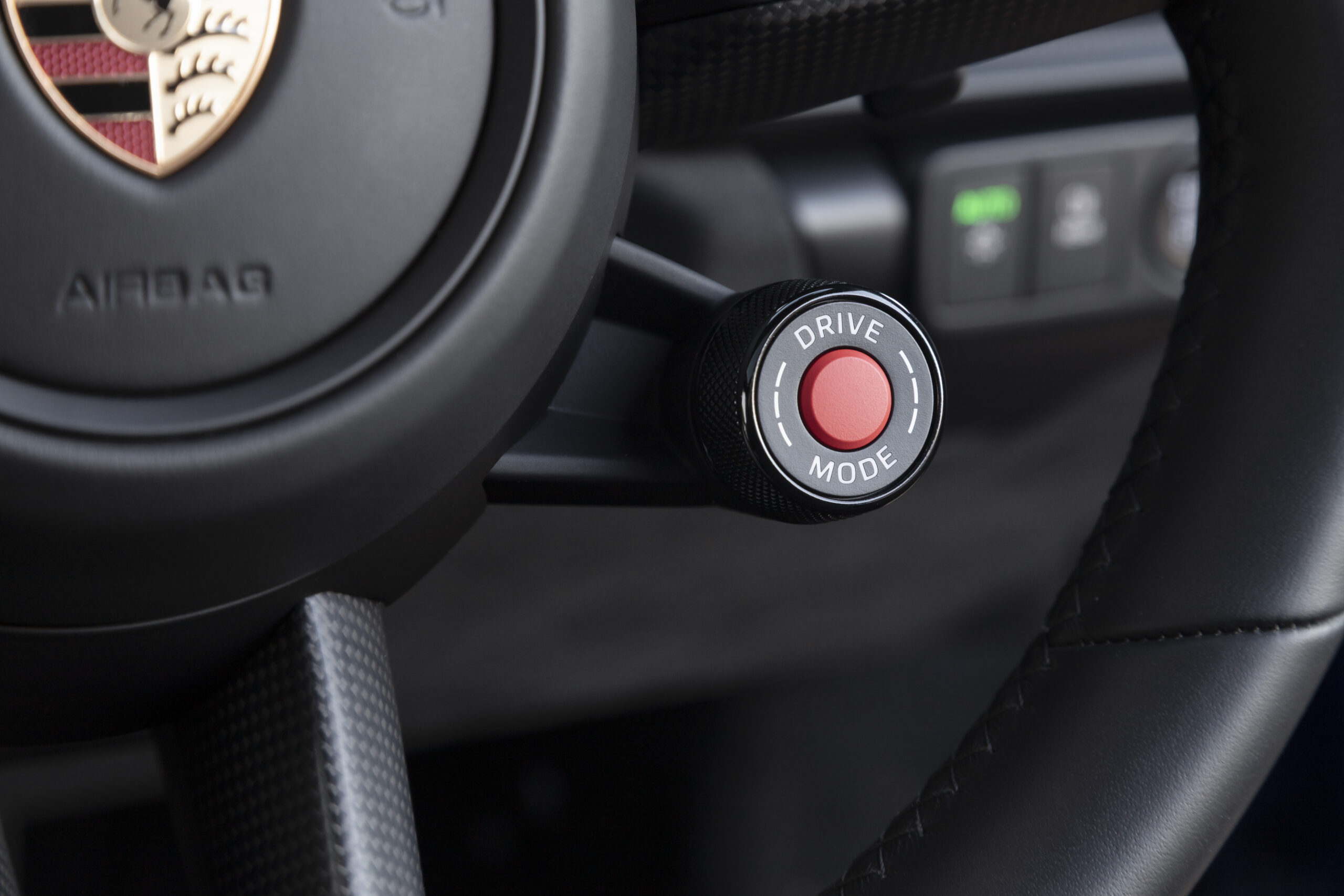
Convenience (for an enthusiastic driver) hasn’t been overlooked, either. A mode selector switch on the steering wheel makes it easy to dial up the Sport or Sport Plus drive modes on the move. Yes, its stalk juts out from the steering-wheel boss, but it’s far more user-friendly than fishing through touchscreen menus. It’s a fine detail that underlines Porsche’s understanding of how its customers actually drive.
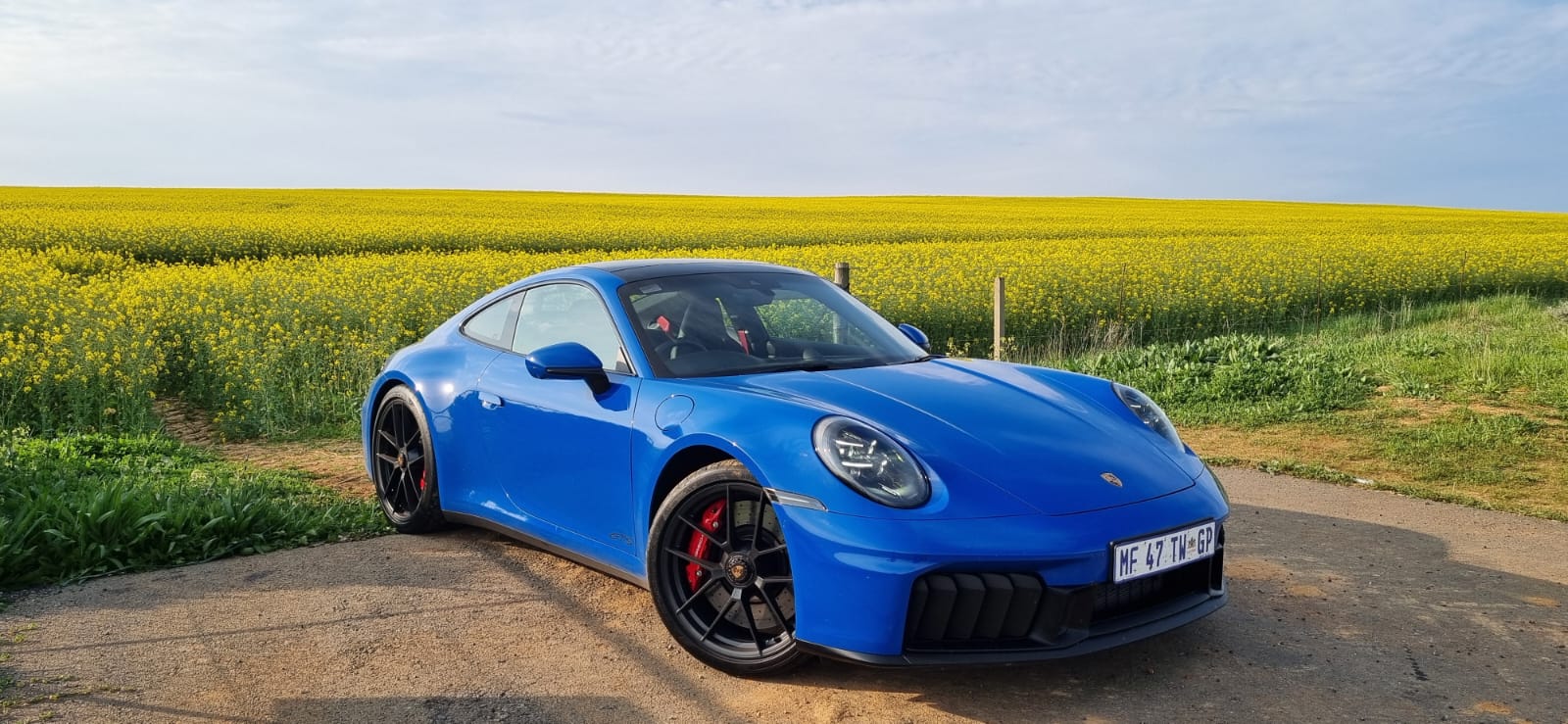
How much does the 2025 Porsche 911 GTS cost in South Africa?
| Model | Price |
| 911 Carrera GTS Coupe (RWD) | R3 525 000 |
| 911 Carrera GTS Cabriolet (RWD) | R3 793 000 |
| 911 Carrera 4 GTS Coupe (AWD) | R3 680 000 |
| 911 Carrera 4 GTS Cabriolet (AWD) | R3 948 000 |
| 911 Targa 4 GTS (AWD) | R3 950 000 |
Pricing (correct in September 2025) includes Porsche’s comprehensive 3-year Driveplan.
New Porsche 911 Specs & Prices in South Africa
Find a new/used Porsche 911 listed for sale on Cars.co.za

Summary
In an era dominated by electrification and quiet thrills, the 2025 Porsche 911 Carrera GTS stands as a beautiful outlier; visceral, stirring, and fiercely present.
It reminds us that emotion can still be engineered, that drive can still be felt in sound, weight, and torque. Take my word for this: the 911 GTS is not the 2025 World Performance Car of the Year by accident!
Frequently Asked Questions
Q: What is the starting price for the 2025 Porsche 911 GTS in South Africa?
A: The 2025 Porsche 911 Carrera GTS Coupe (RWD) starts at R3 525 000, which includes a 3-year Driveplan.
Q: What is the new T-Hybrid system in the 2025 Porsche 911 GTS?
A: The T-Hybrid system combines a larger 3.6-litre flat-6 twin-turbo engine with an electric exhaust gas turbocharger and a compact electric motor integrated into the 8-speed PDK transmission. This system is designed to provide instantaneous response and extra power, not just for efficiency.
Q: How fast is the 2025 Porsche 911 GTS from 0 to 100 kph?
A: Porsche claims a 0-100 kph sprint time of 3.0 seconds for the Carrera 4 GTS PDK, with some overseas tests showing even faster times of around 2.7 seconds.
















